For decades, Maurizio Nannucci has preserved exhibition invitation cards. The collection comprises both invitations and announcements from artists whose approaches to art are close to his own. Yet many also come from wider circles of artist friends, colleagues, galleries, and museums, allowing a chronology of relationships and information exchanges to emerge. The selection in this volume makes visible how this kind of communication – often conceived by the artists themselves – superimposes the purely informative value of the printed matter with the freedom of artistic expression; evidence of a holistic practice where such cards can become artworks in their own right.
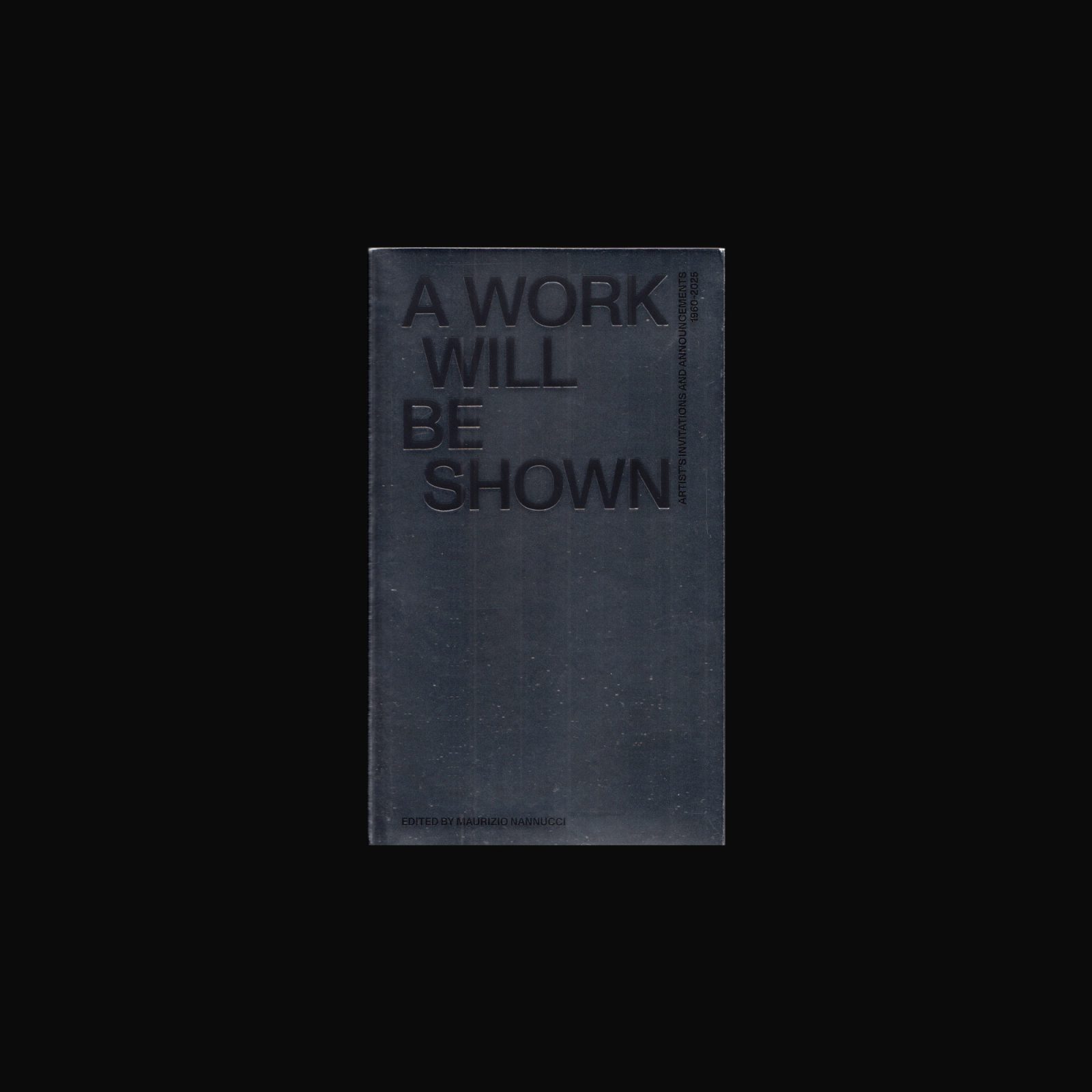
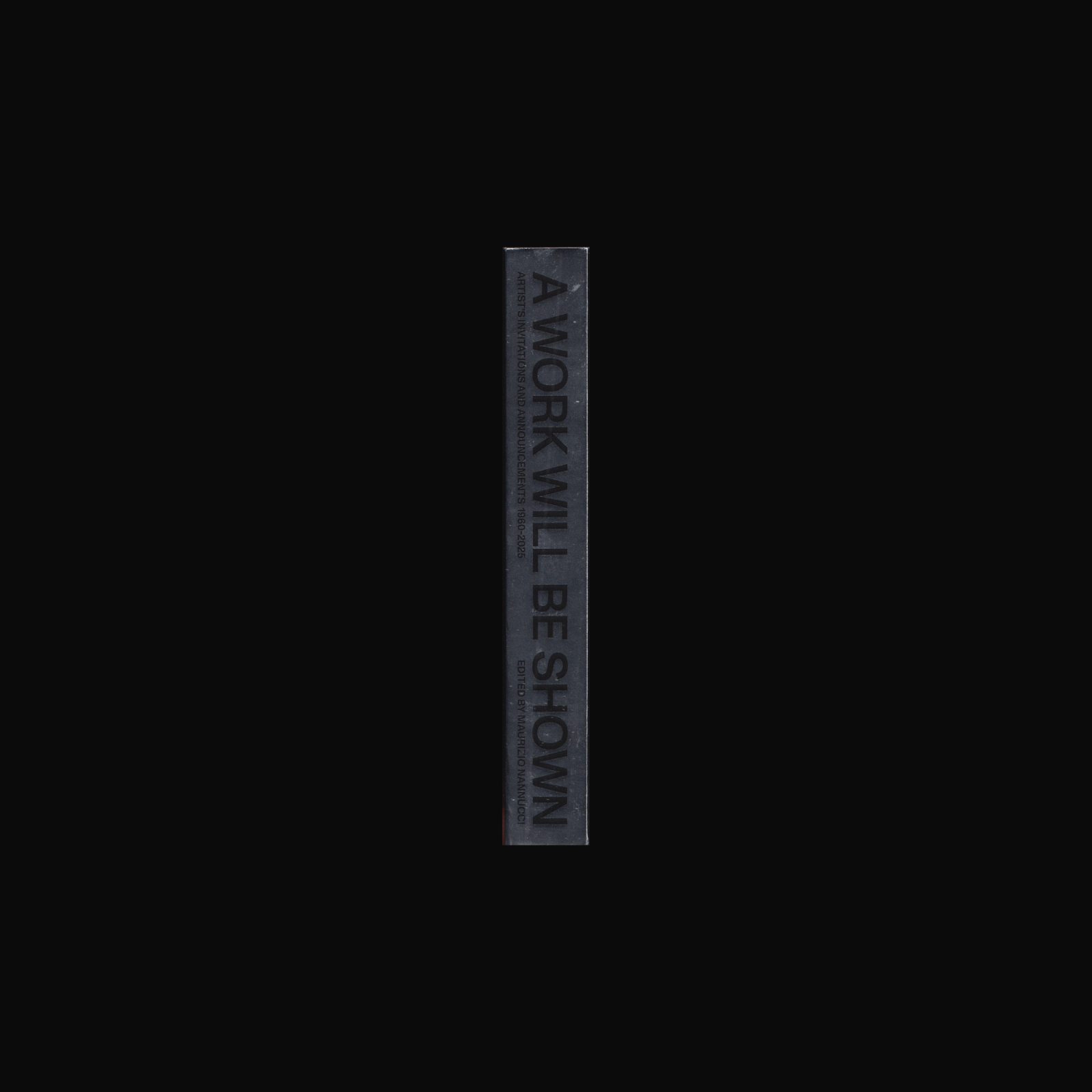
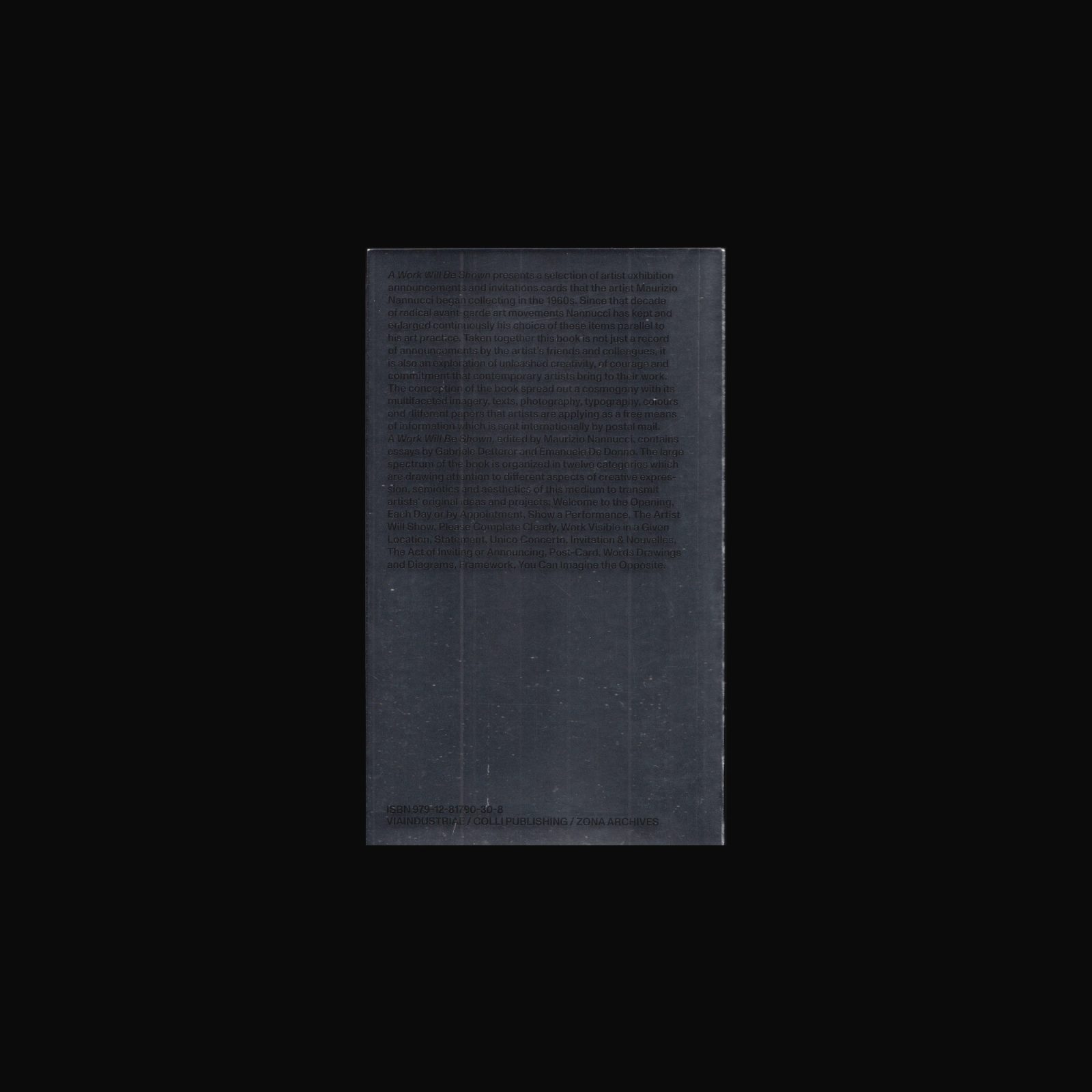
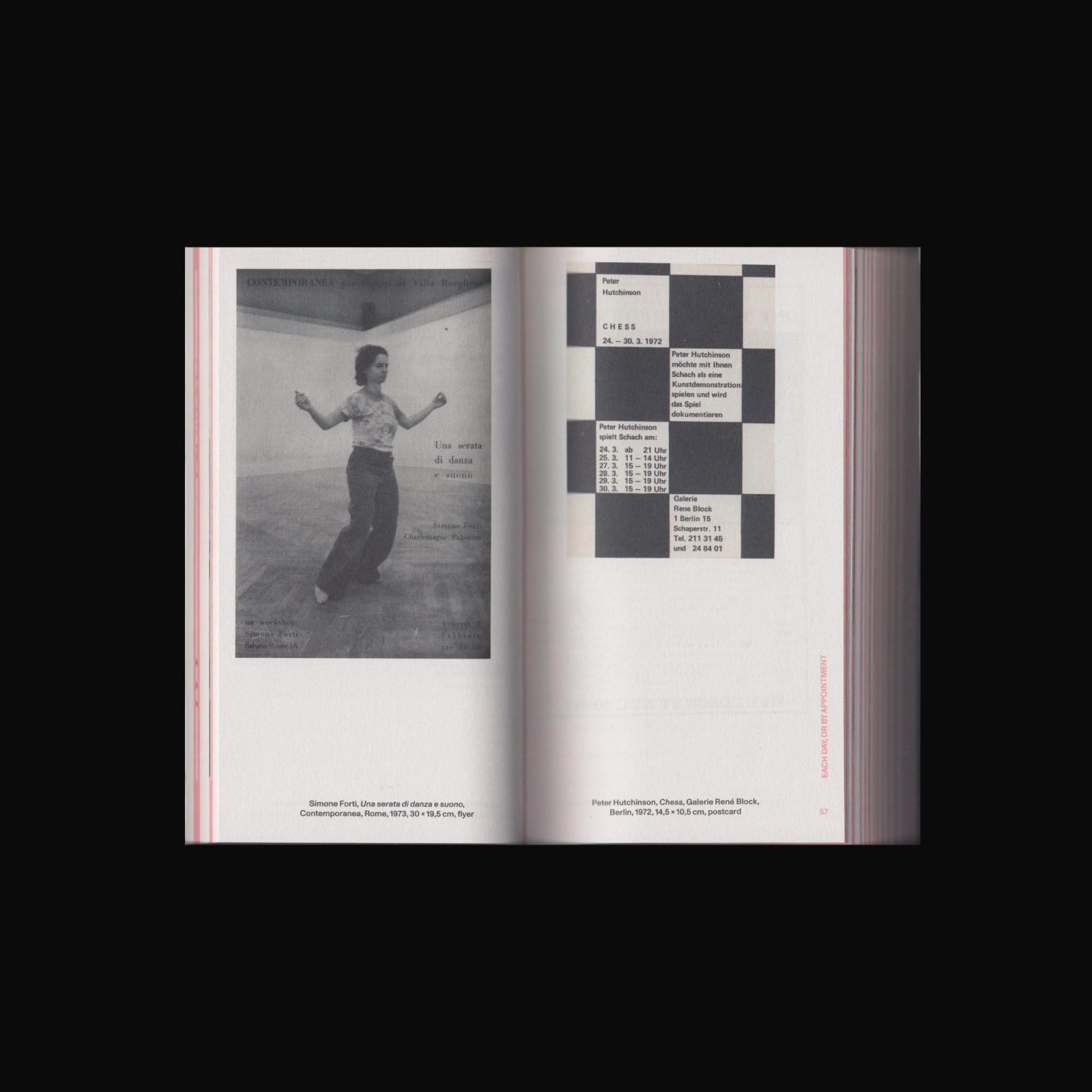
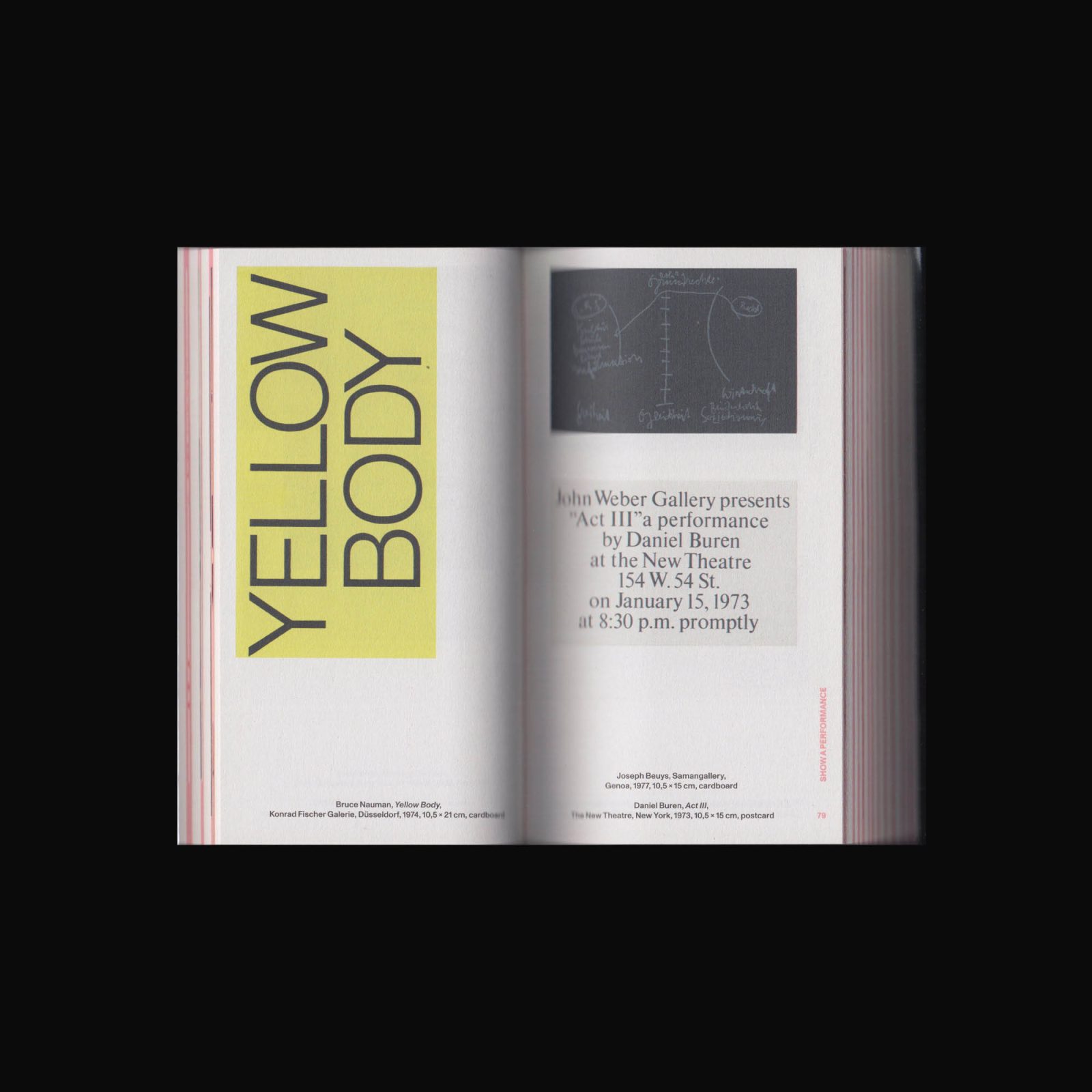
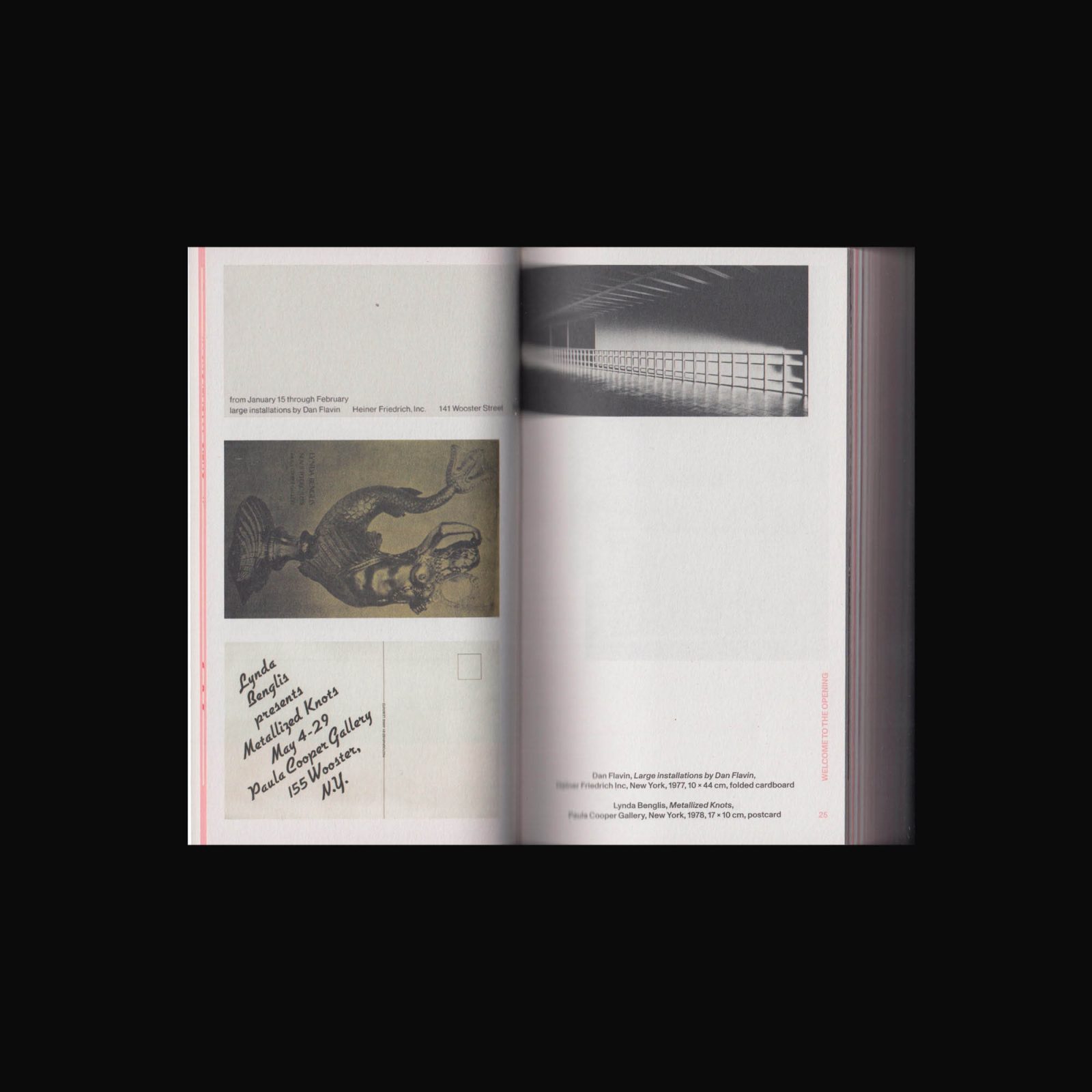
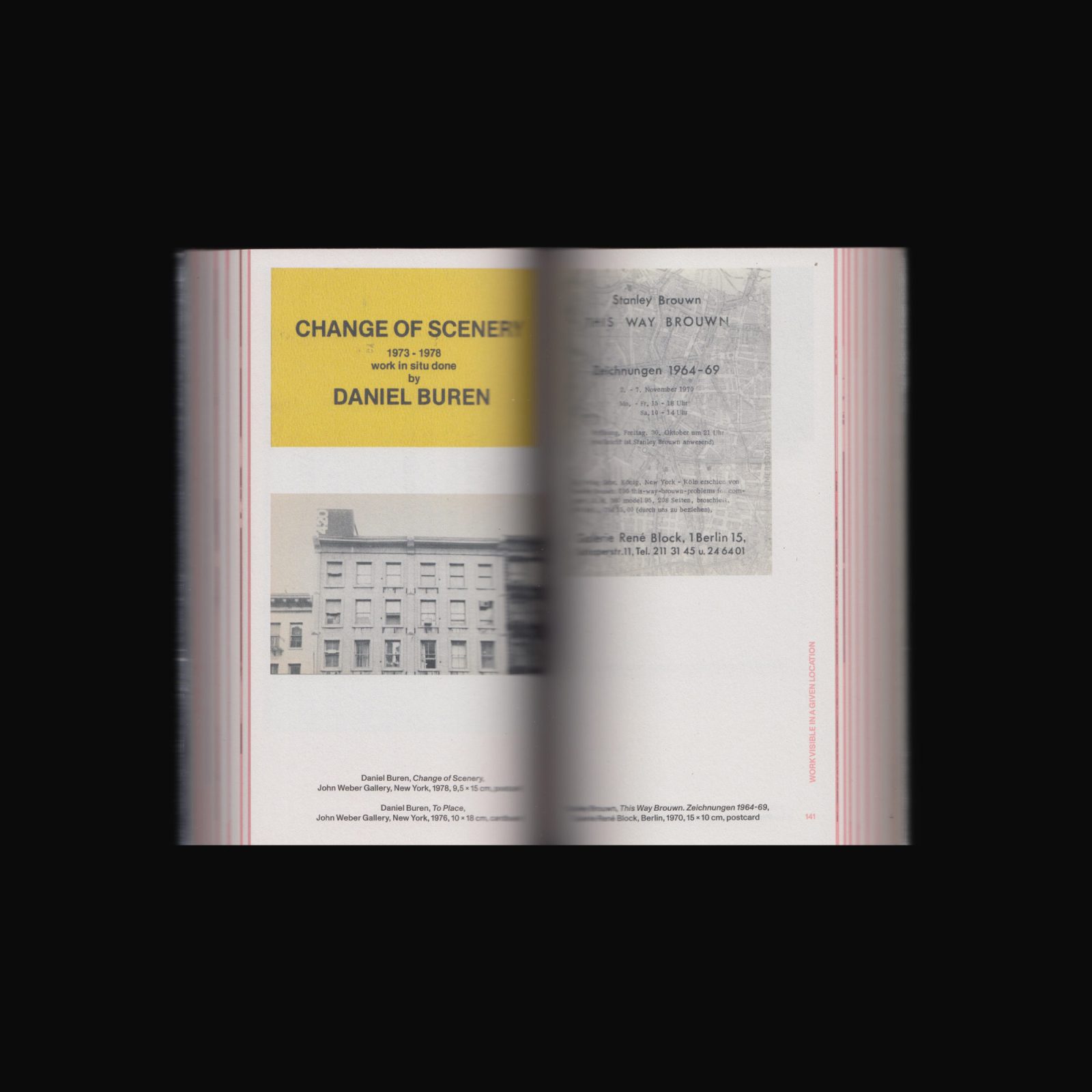
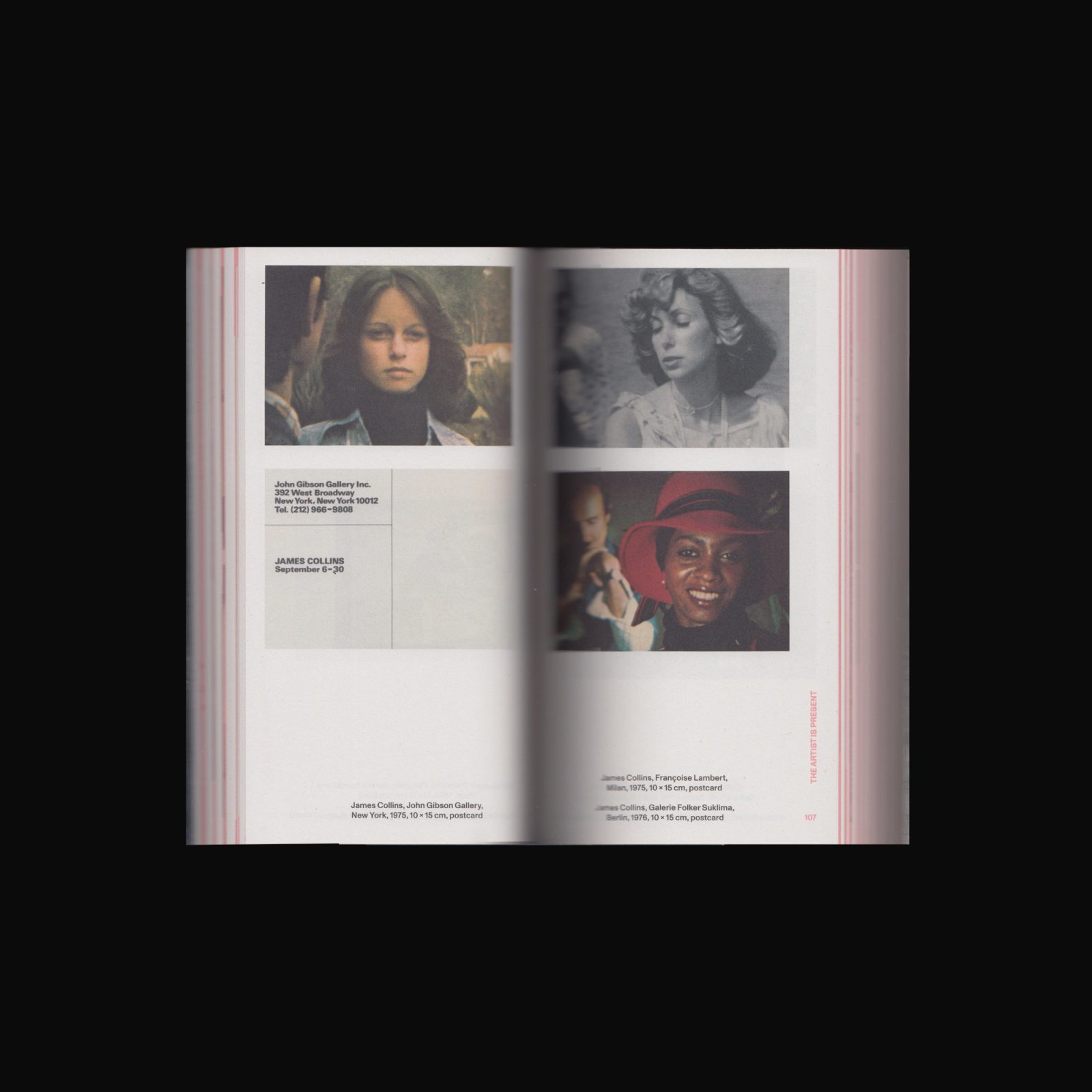
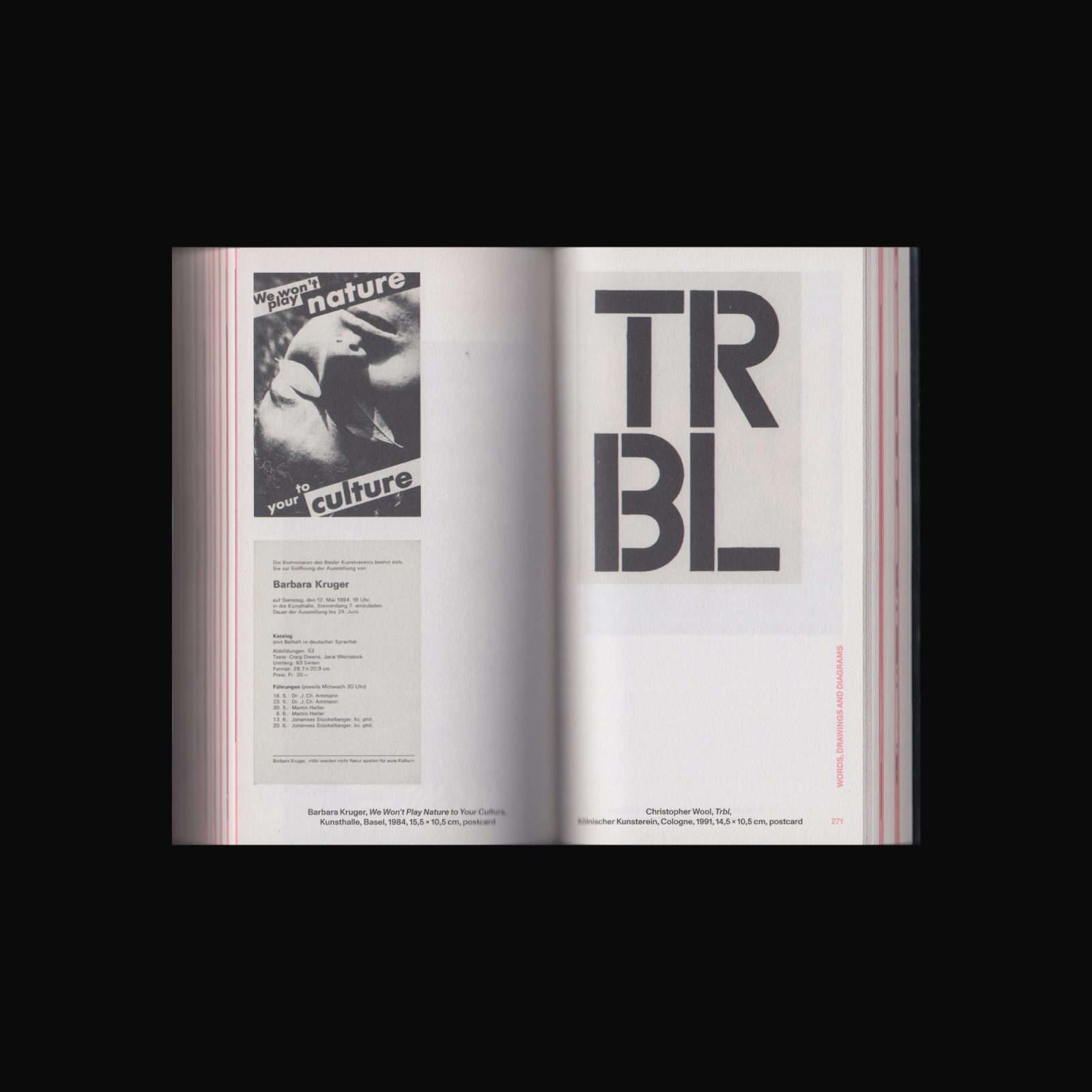
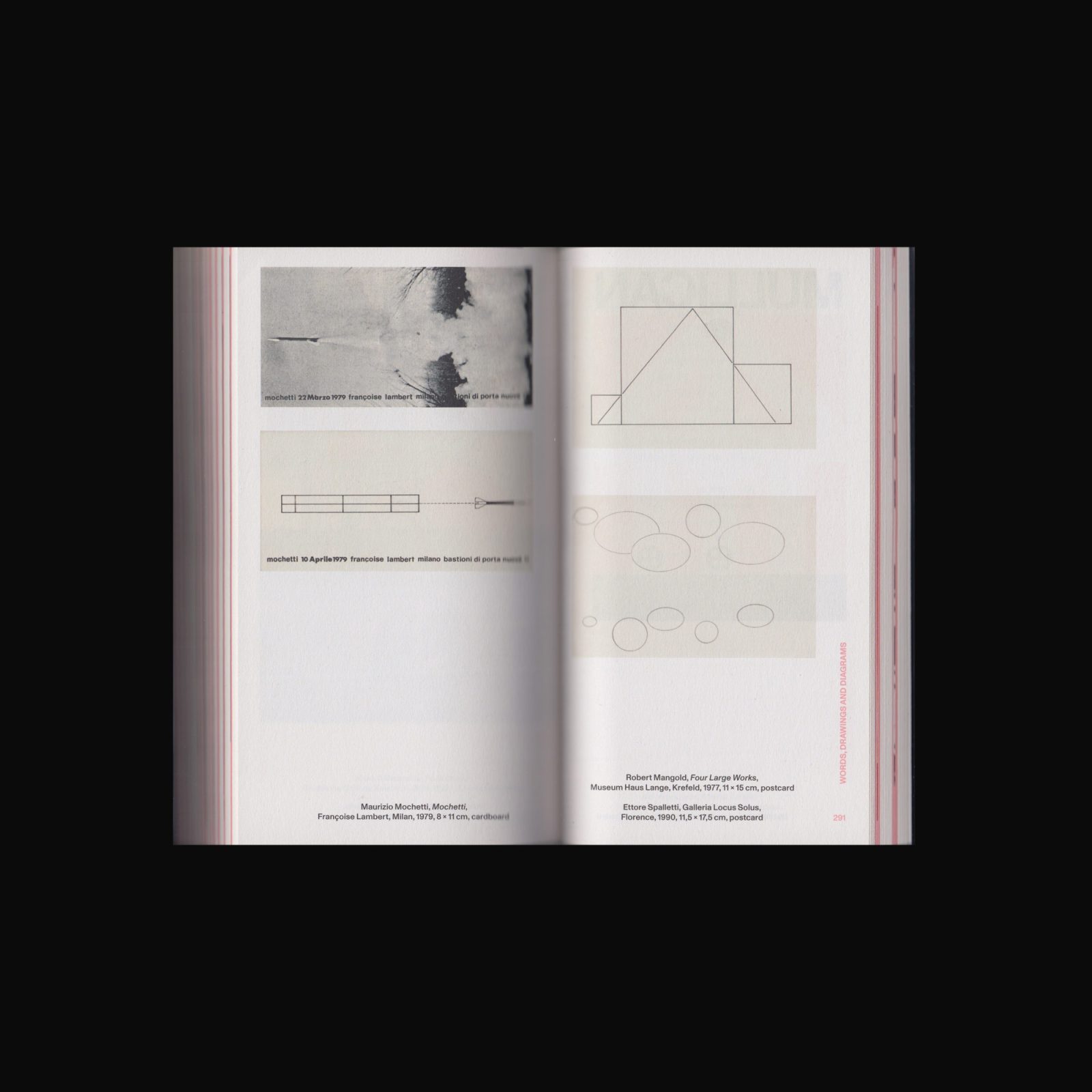
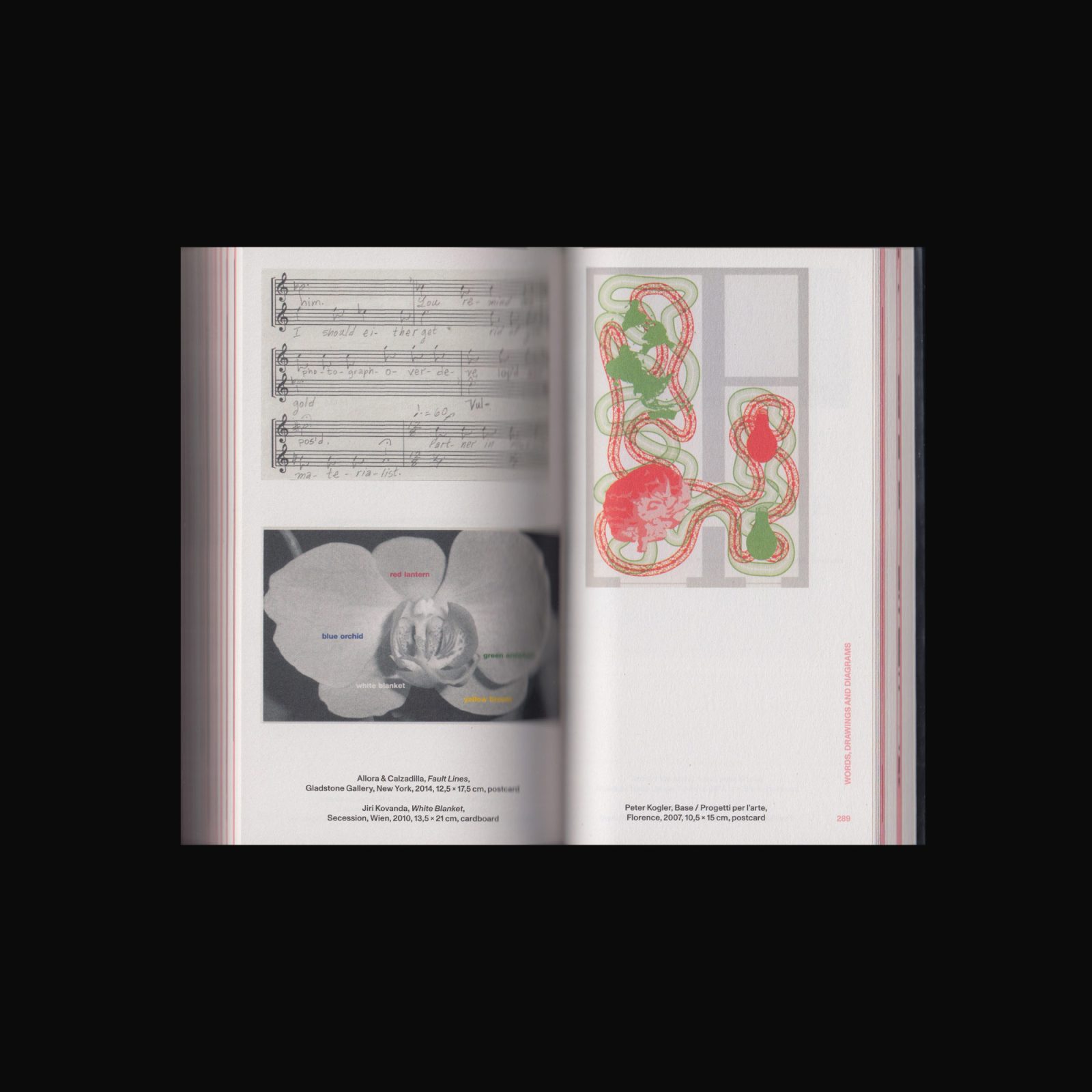
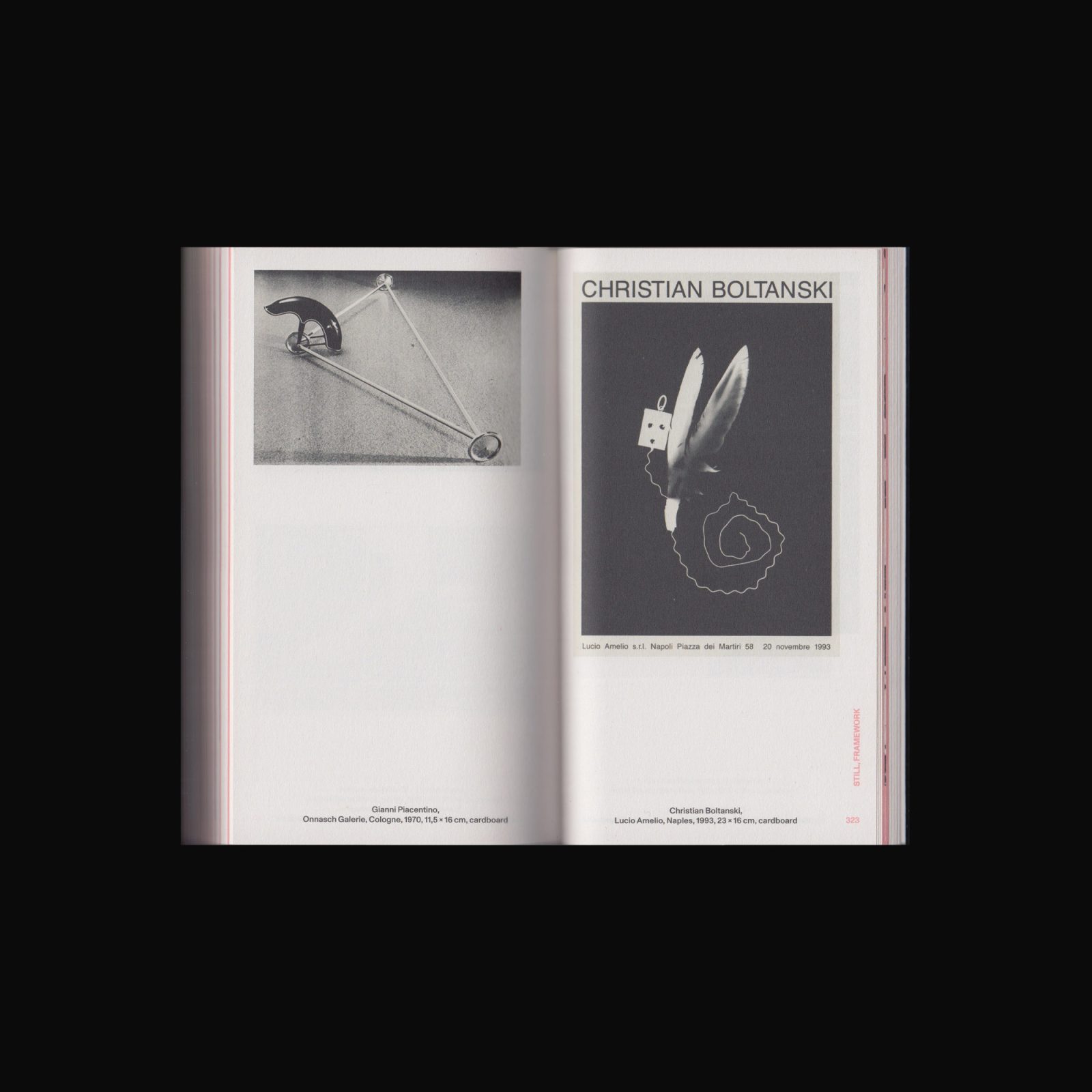
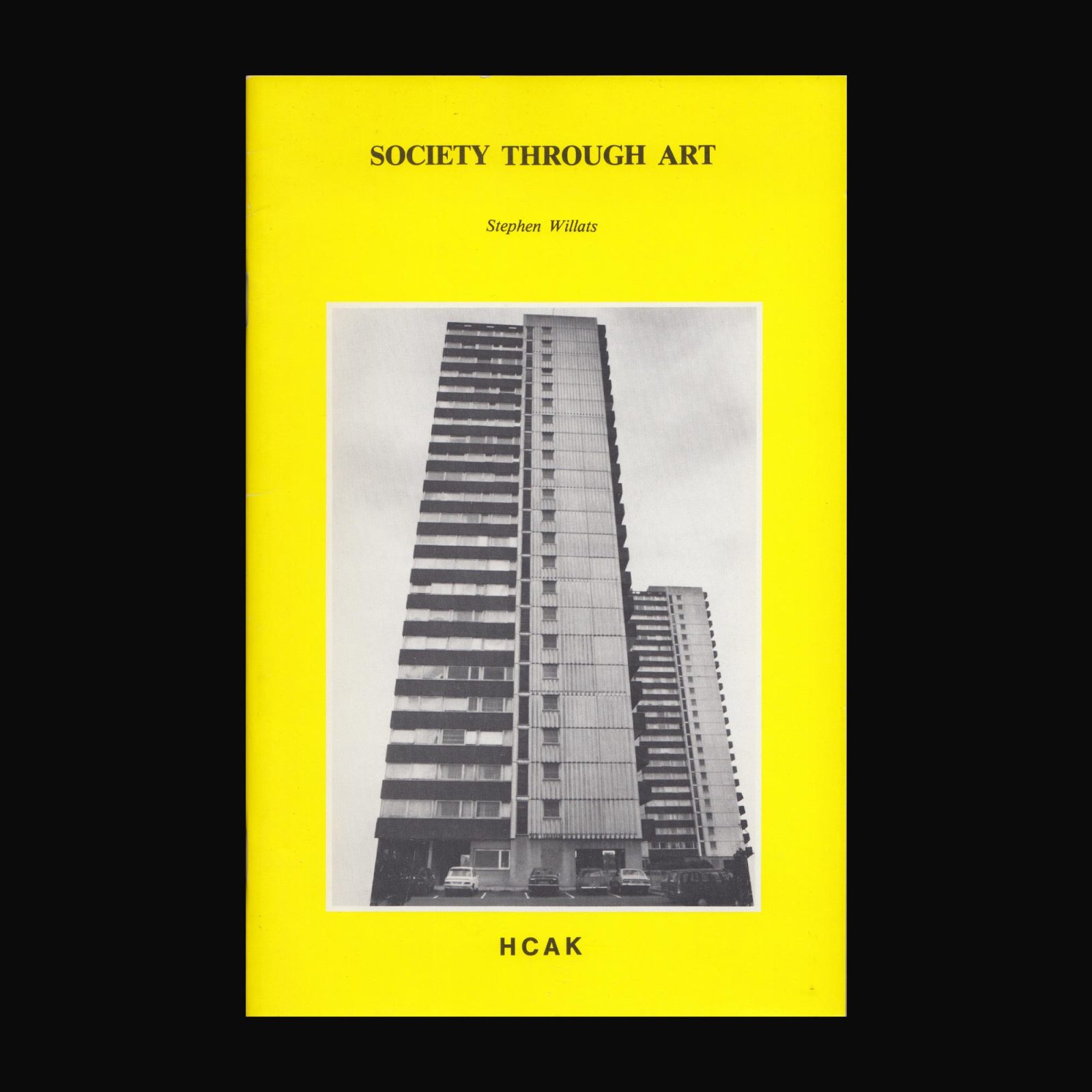
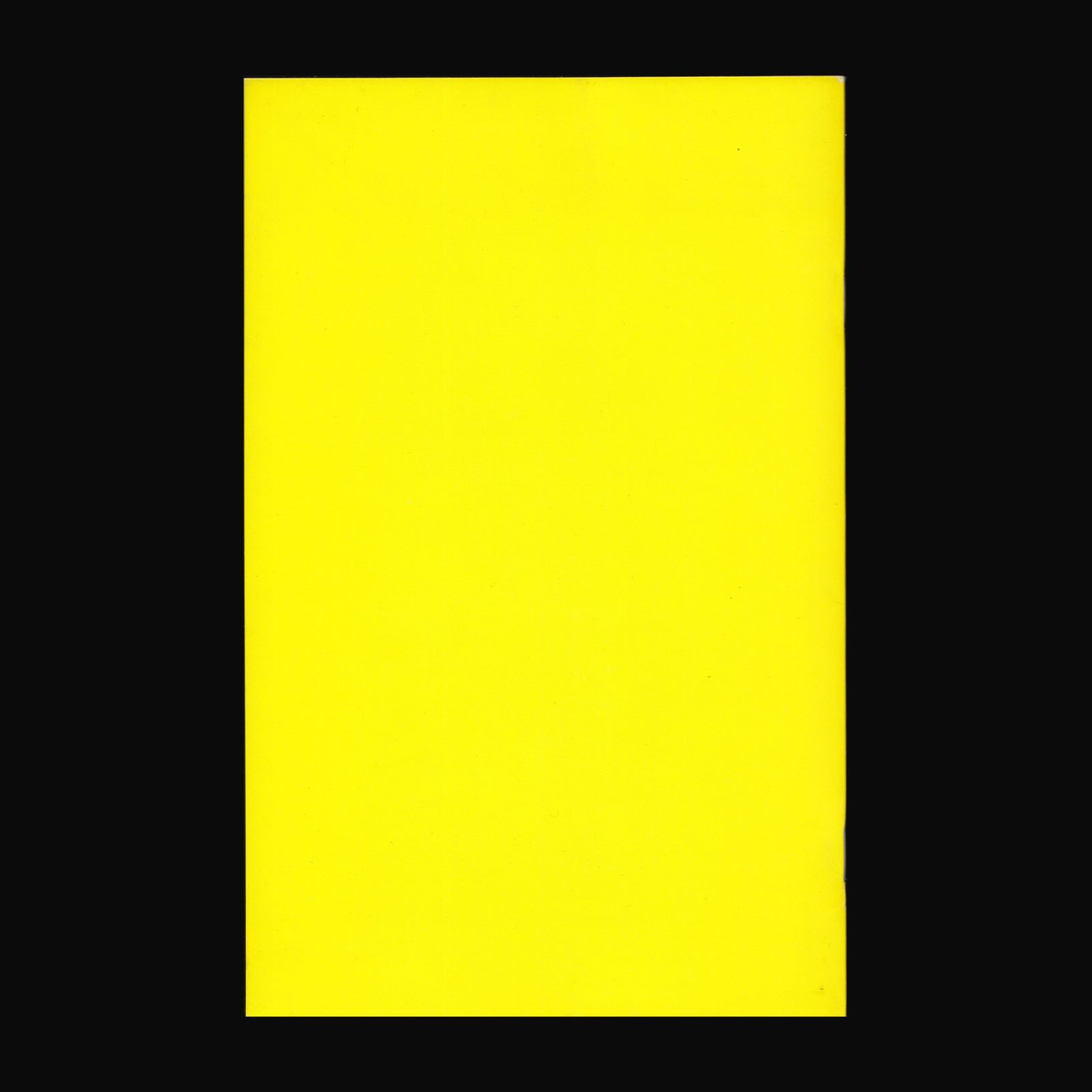
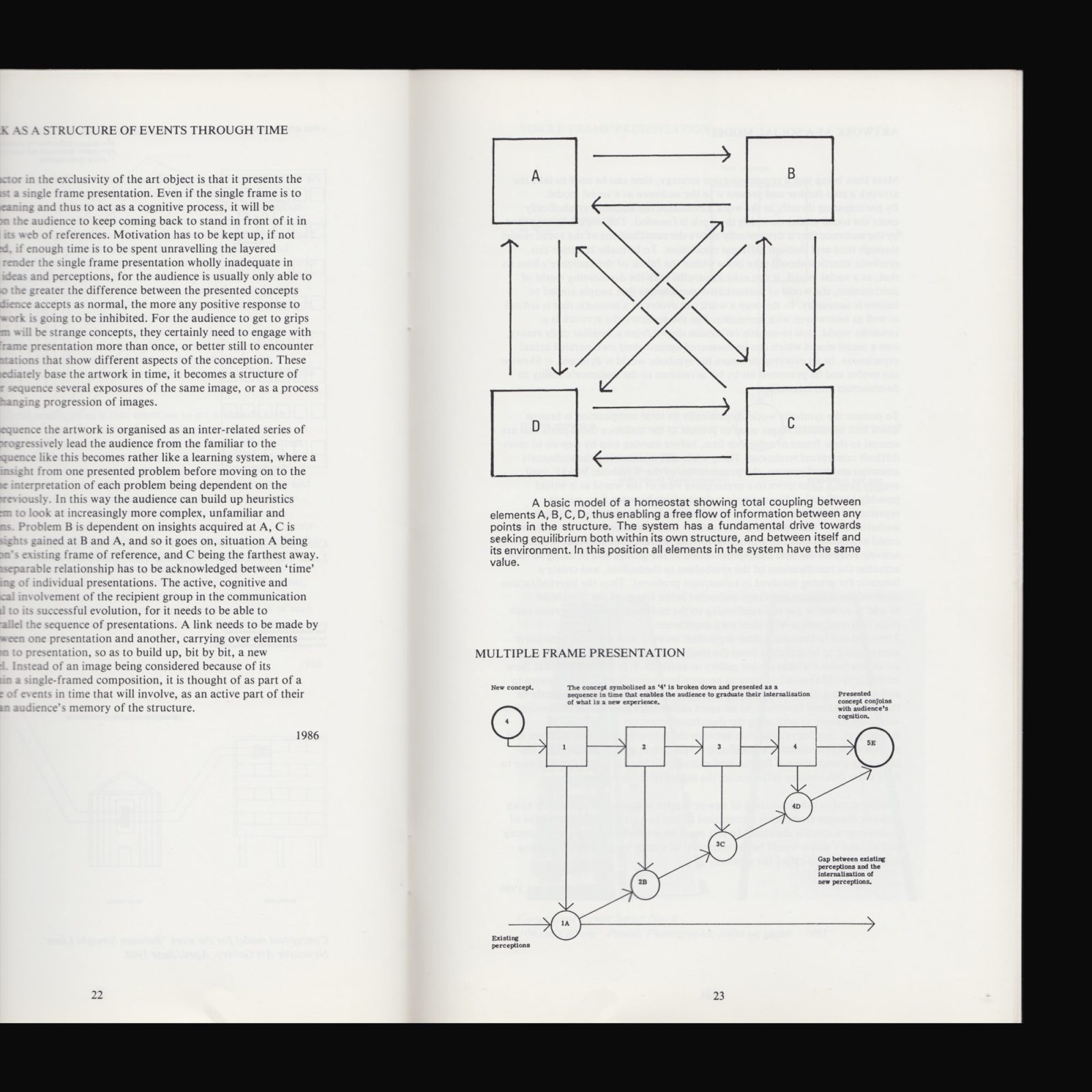
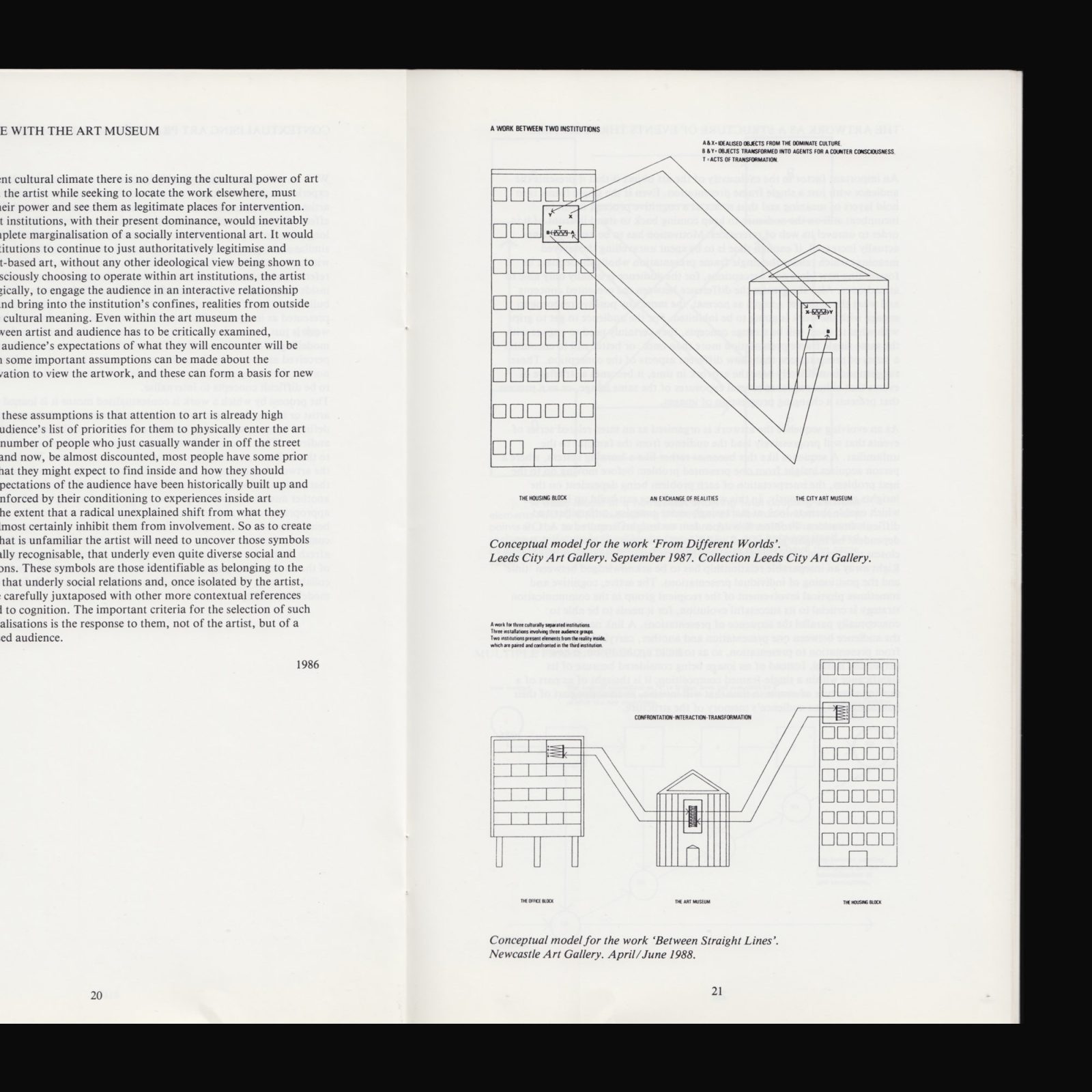
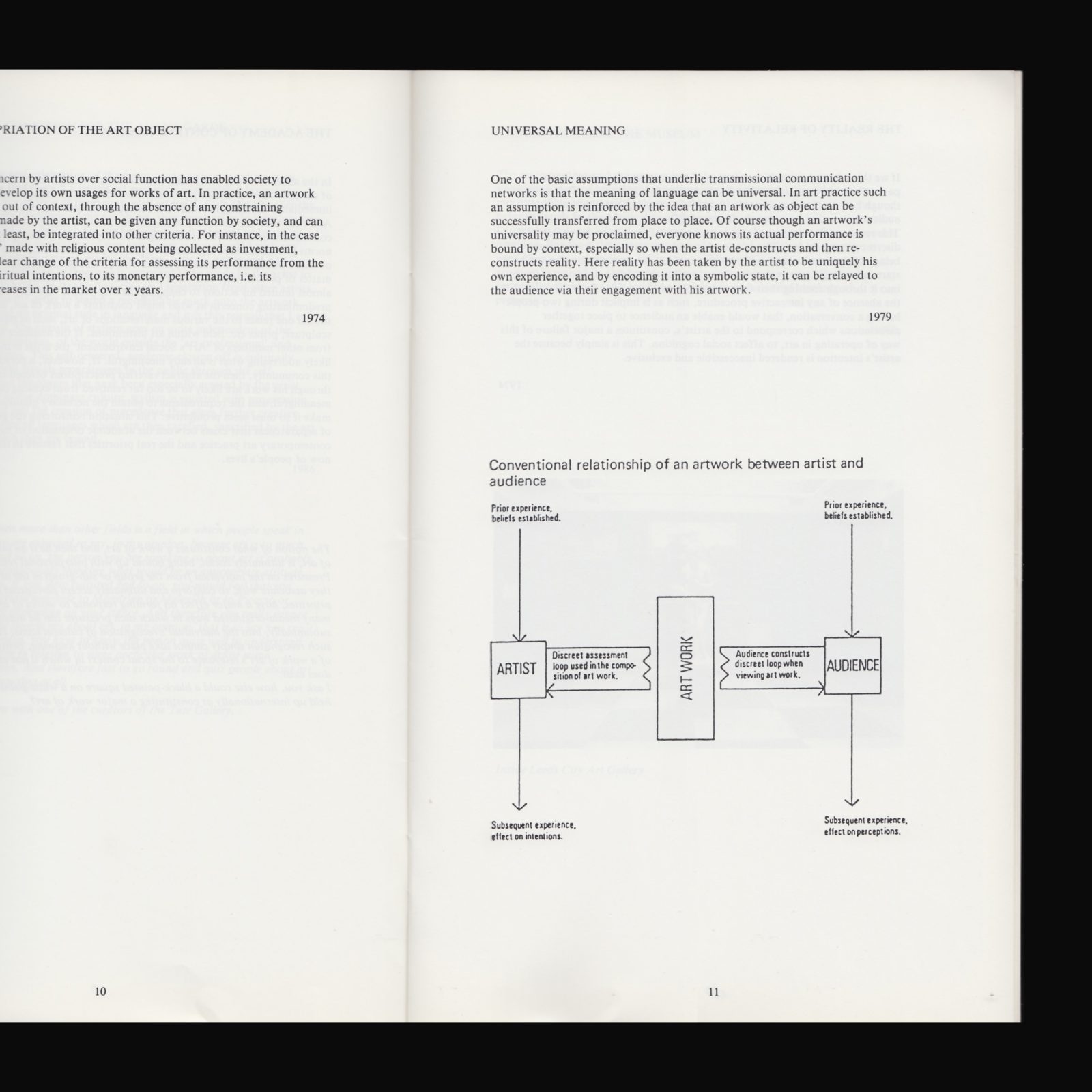
Stephen Willats has made work examining the function and meaning of art in society since the 1960s. His work has involved interdisciplinary processes and theory from sociology, systems analysis, cybernetics, semiotics and philosophy. This manifests in wall installations, project works, films & computer simulations, drawings & diagrams, bookworks and texts.
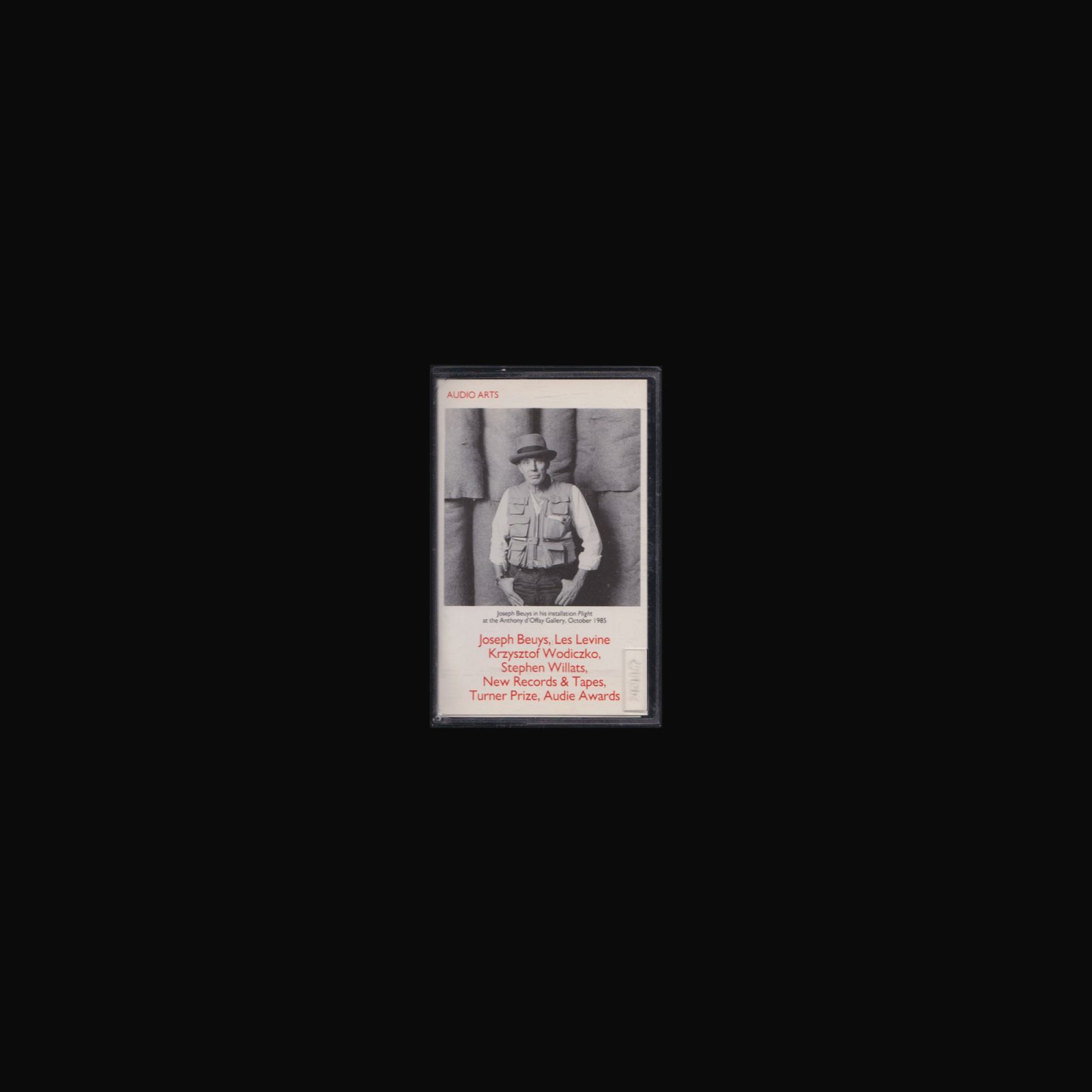
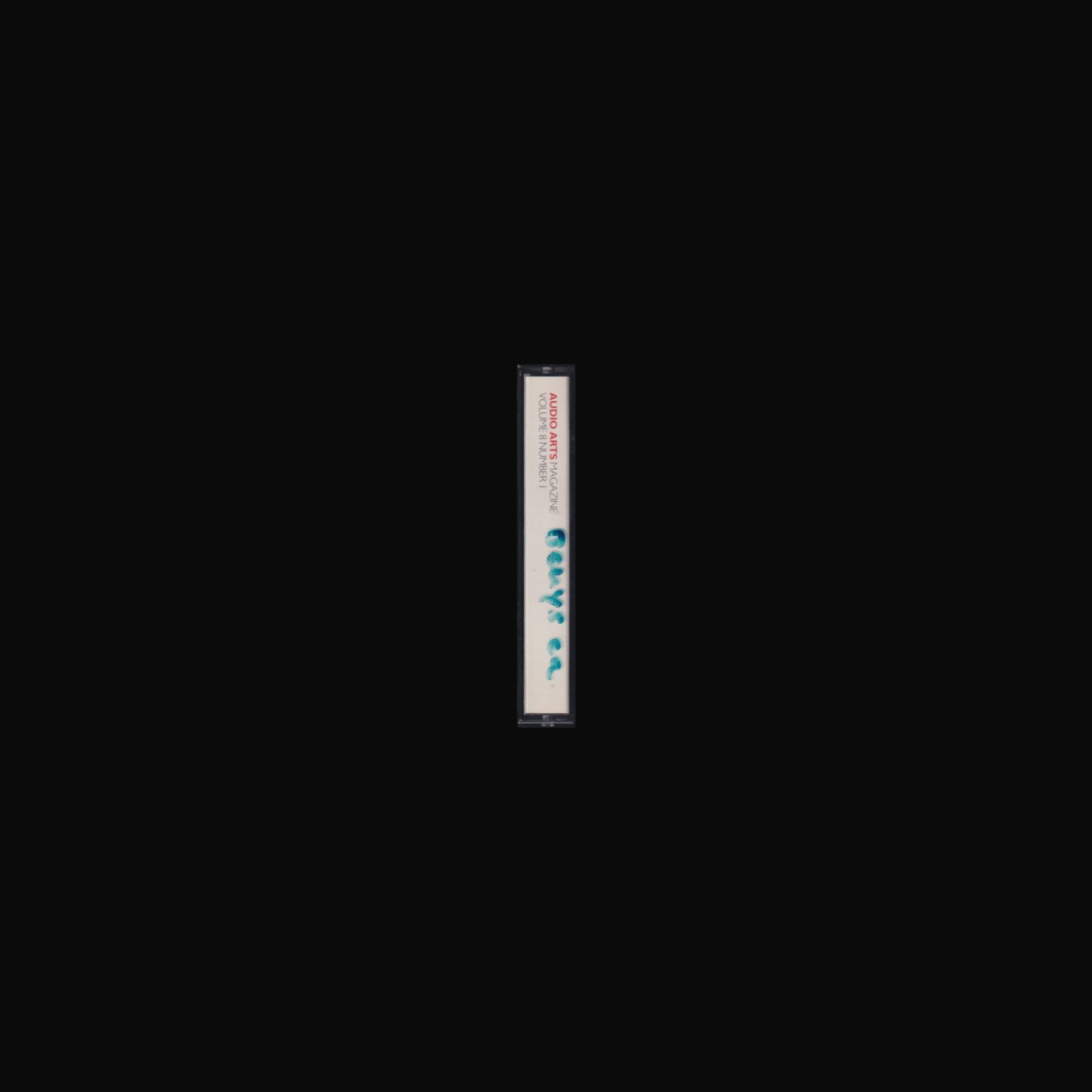
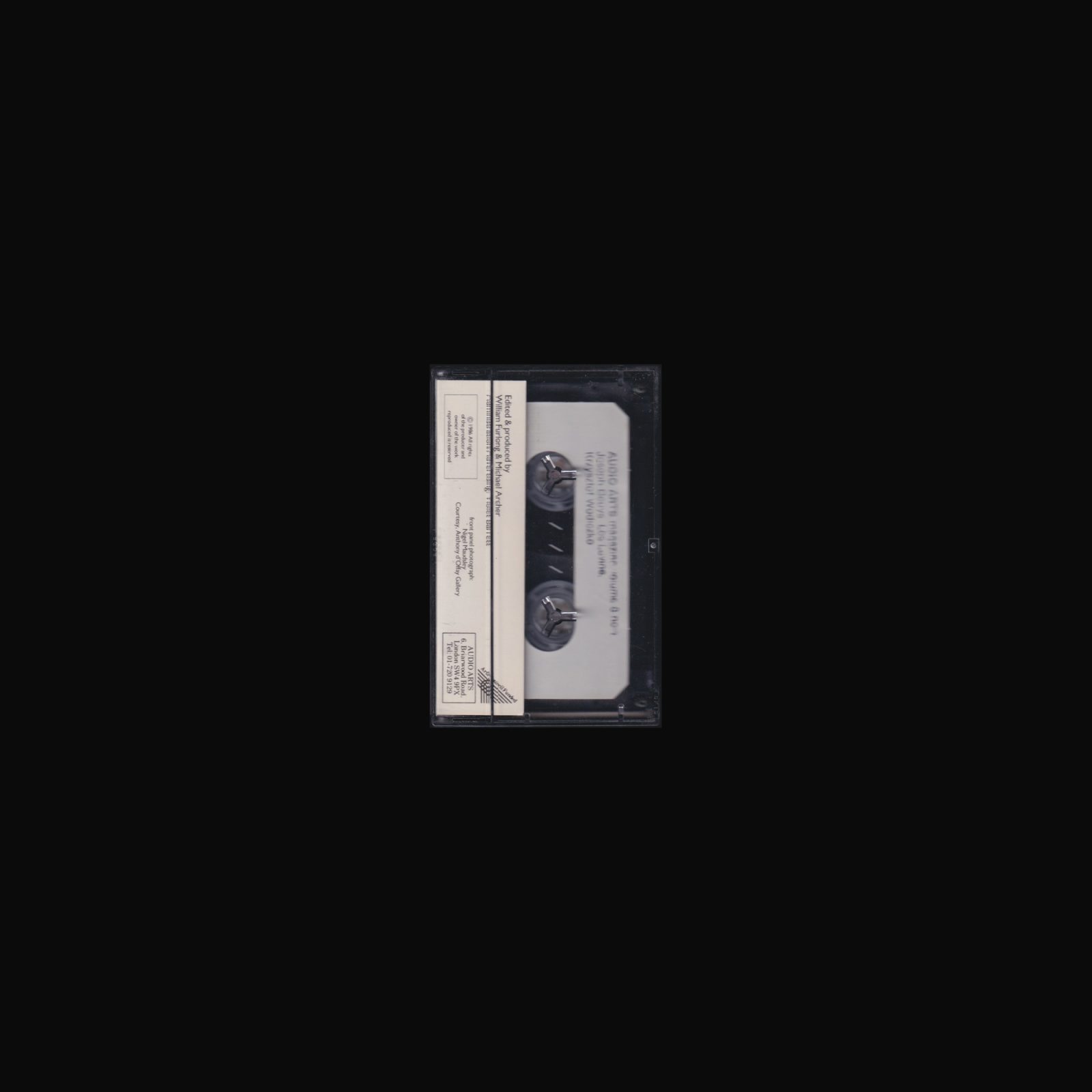
Featuring Joseph Beuys, Les Levine, Krzysztof Wodiczko, Stephen Willats, New Records & Tapes, Turner Prize, Audie Awards.
Audio Arts was a British sound magazine published on audio cassettes, documenting contemporary artistic activity via artist or curator interviews, sound performances or sound art by artists.
*Please note this publication is secondhand and has some traces of previous ownership.
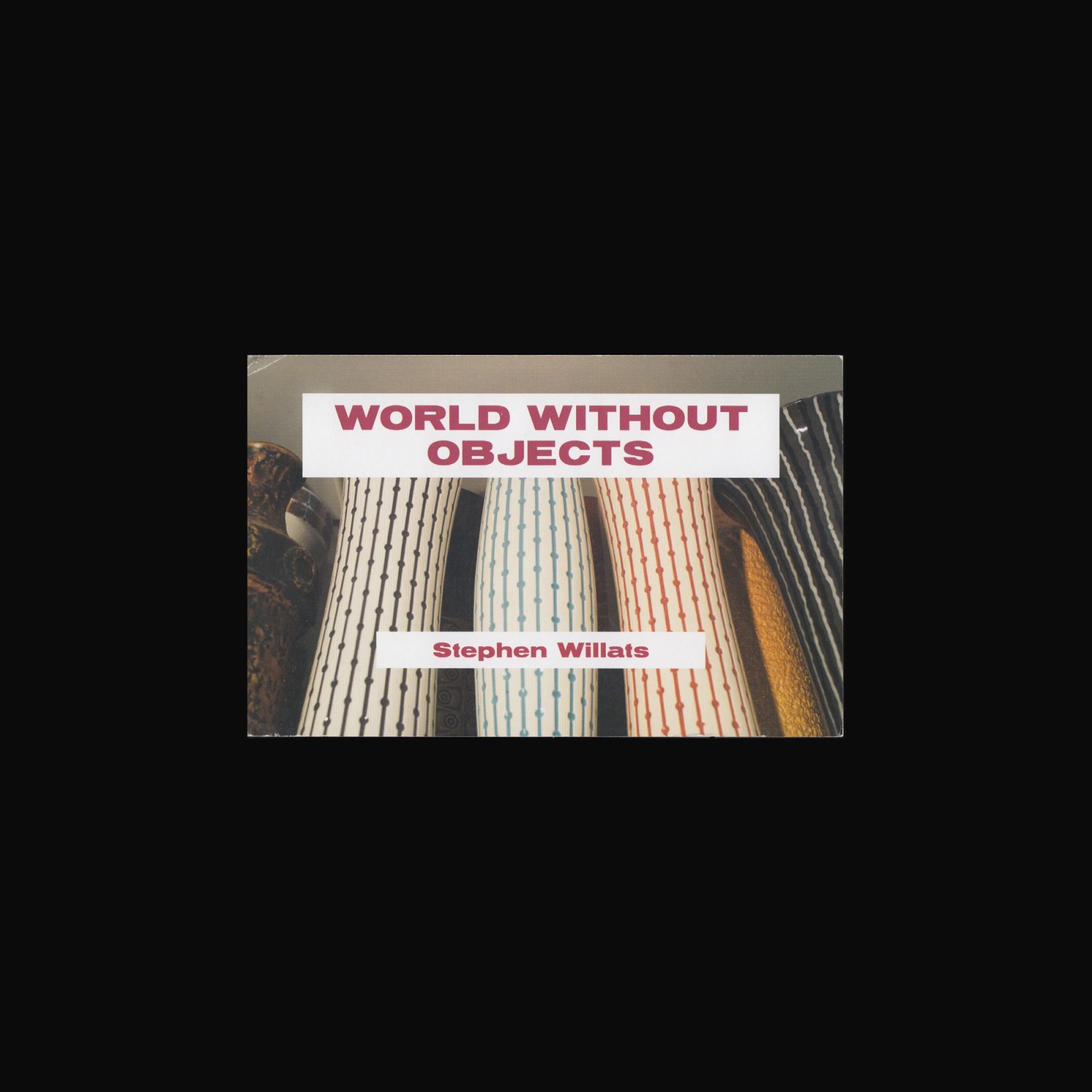
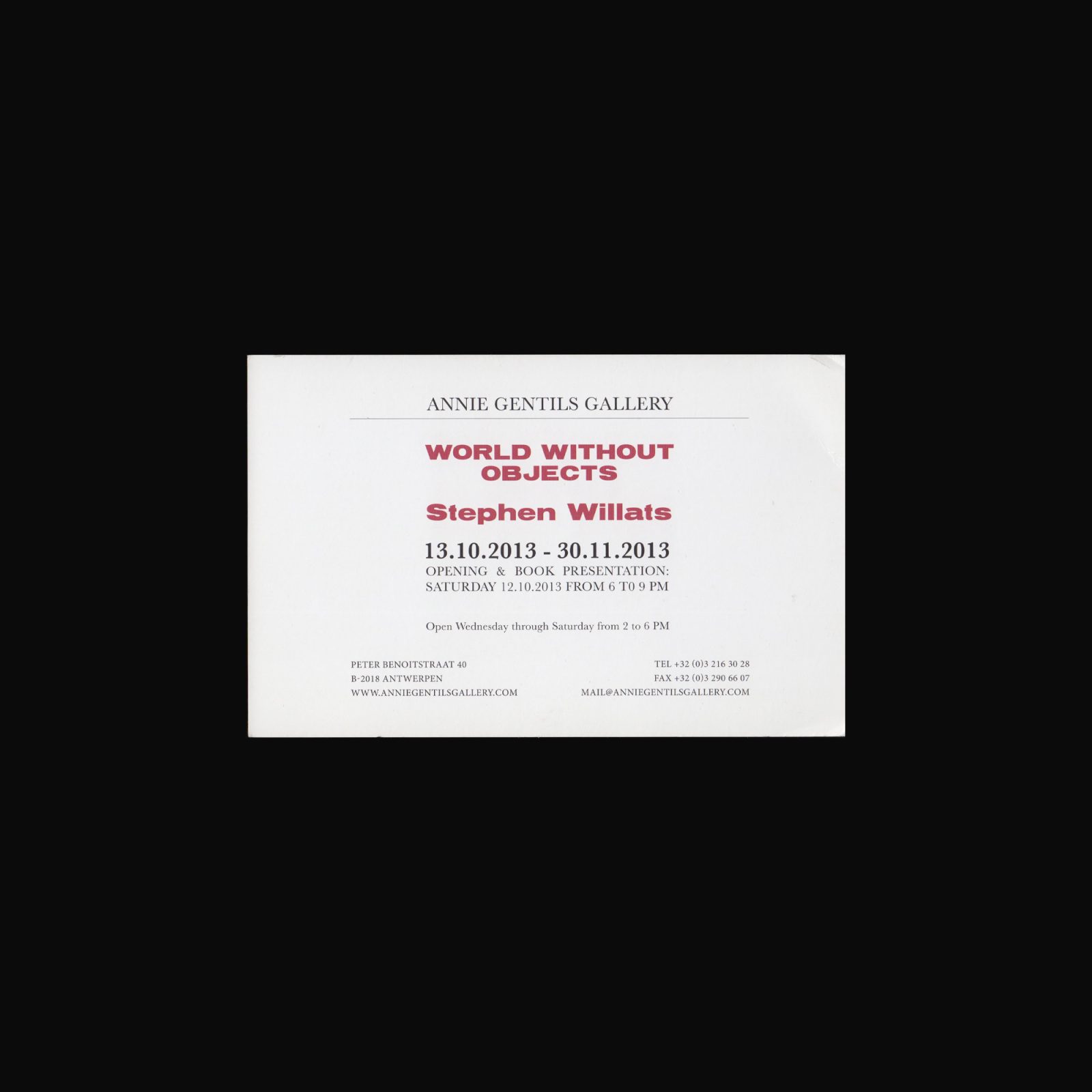
Produced on the occasion of Stephen Willats’ exhibition World Without Objects at Annie Gentils Gallery, Antwerp 13 October–30 November, 2013.
*Please note this publication is secondhand and has some traces of previous ownership.
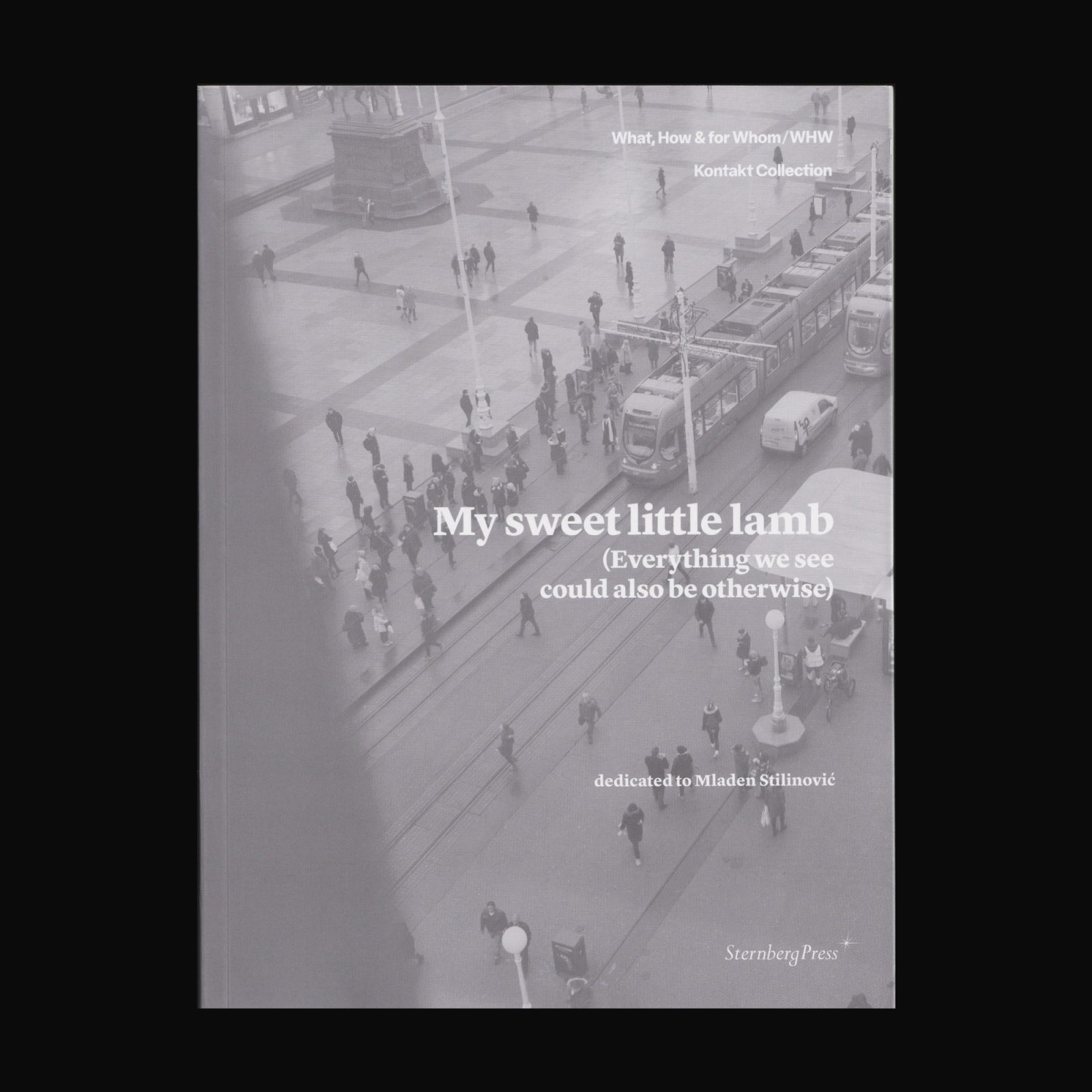
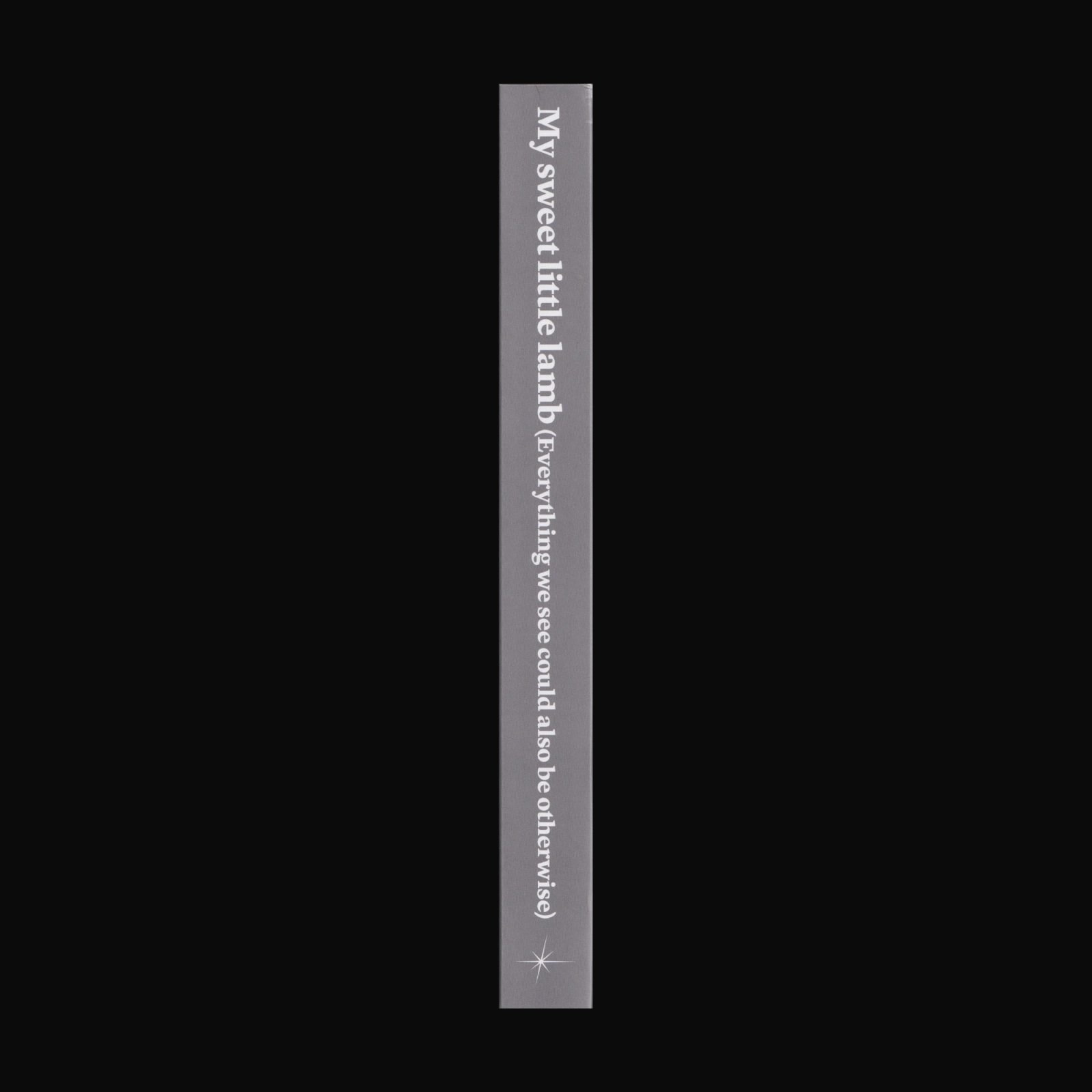
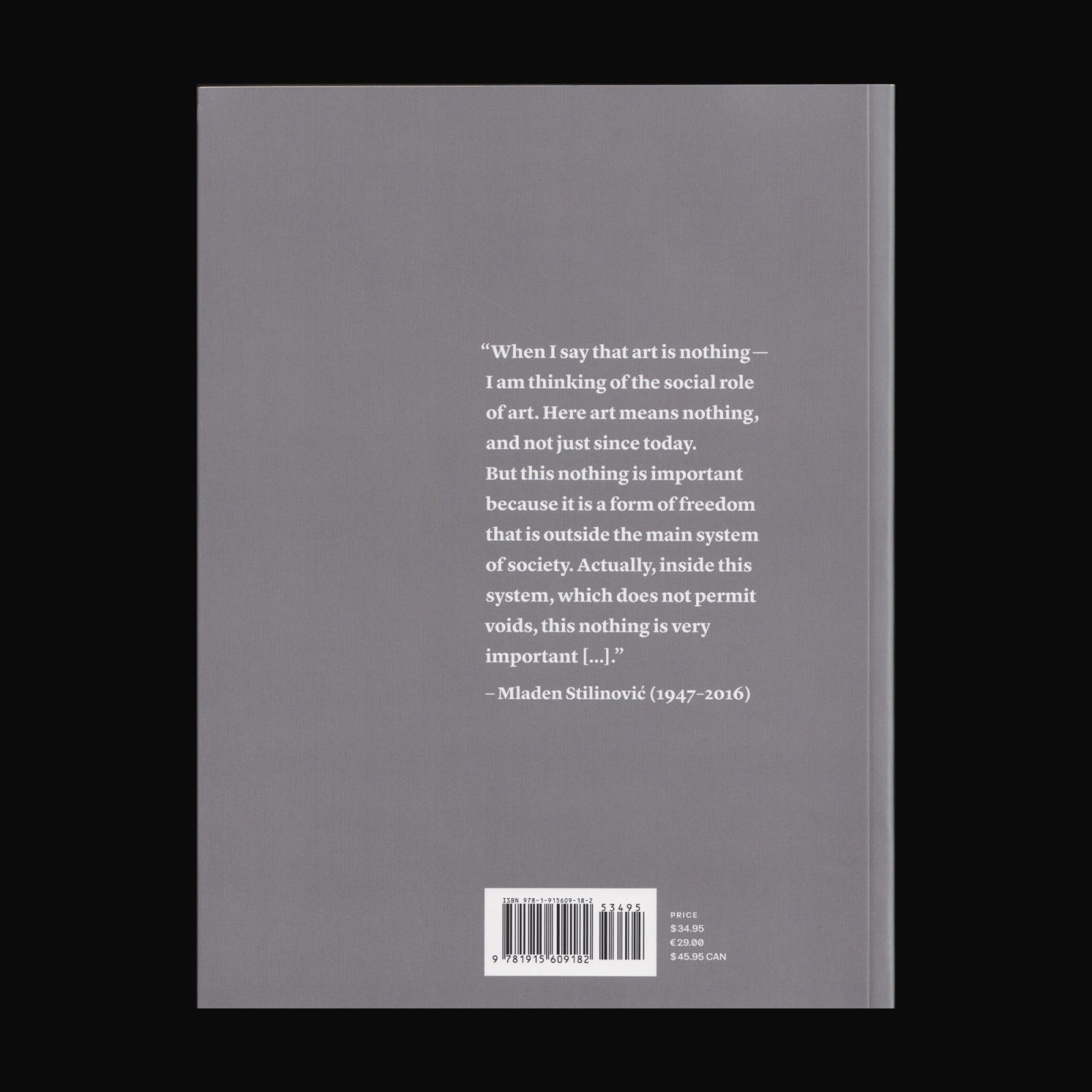
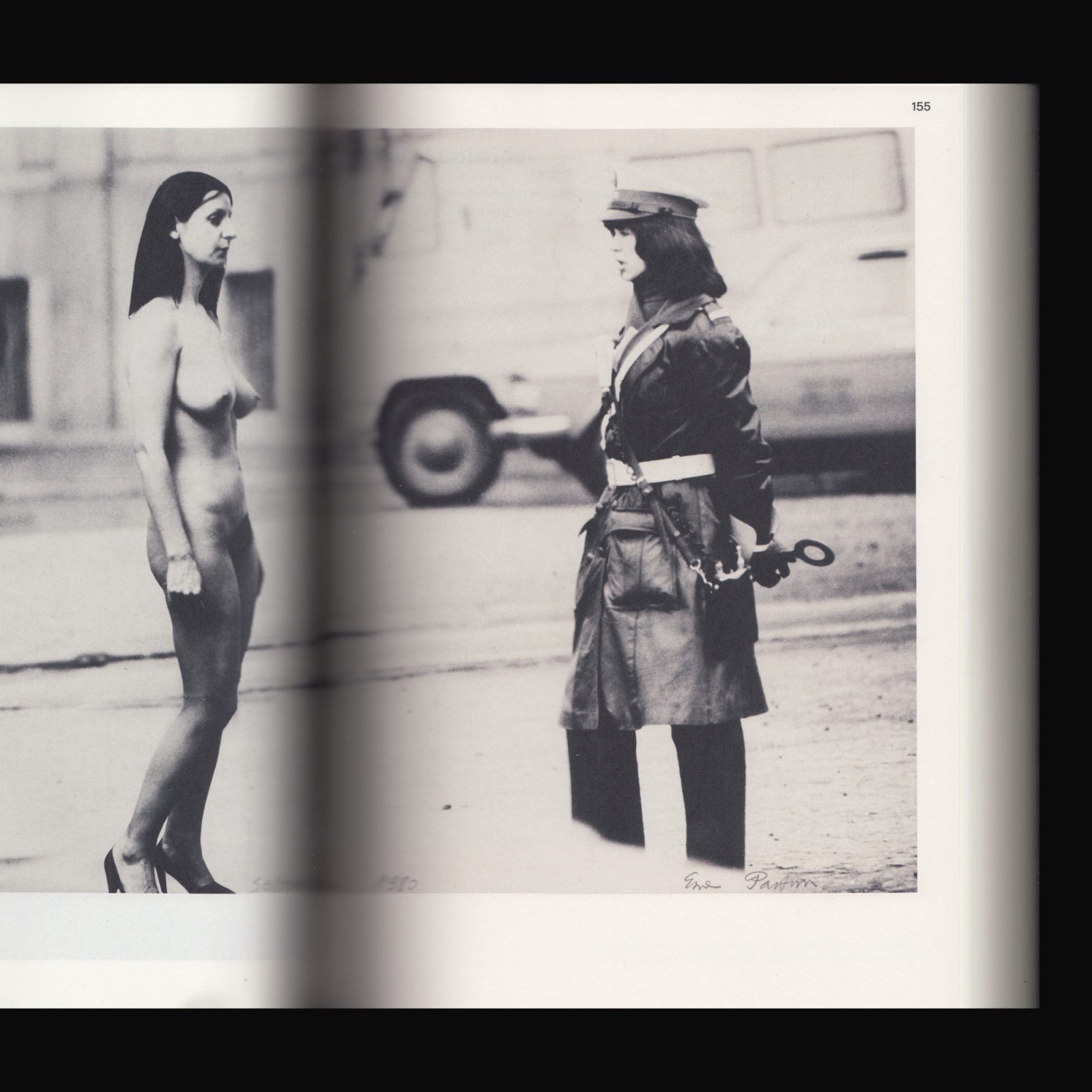
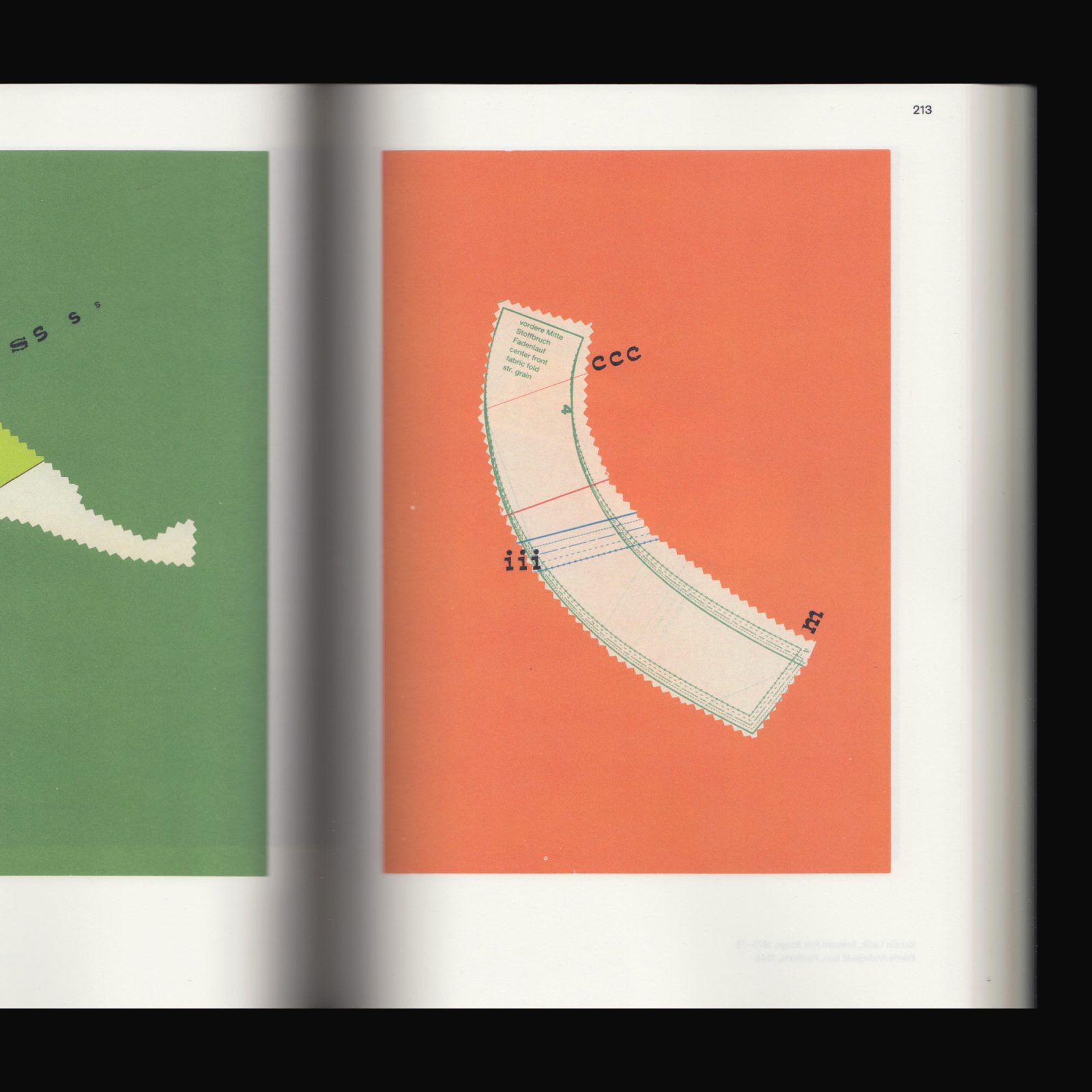
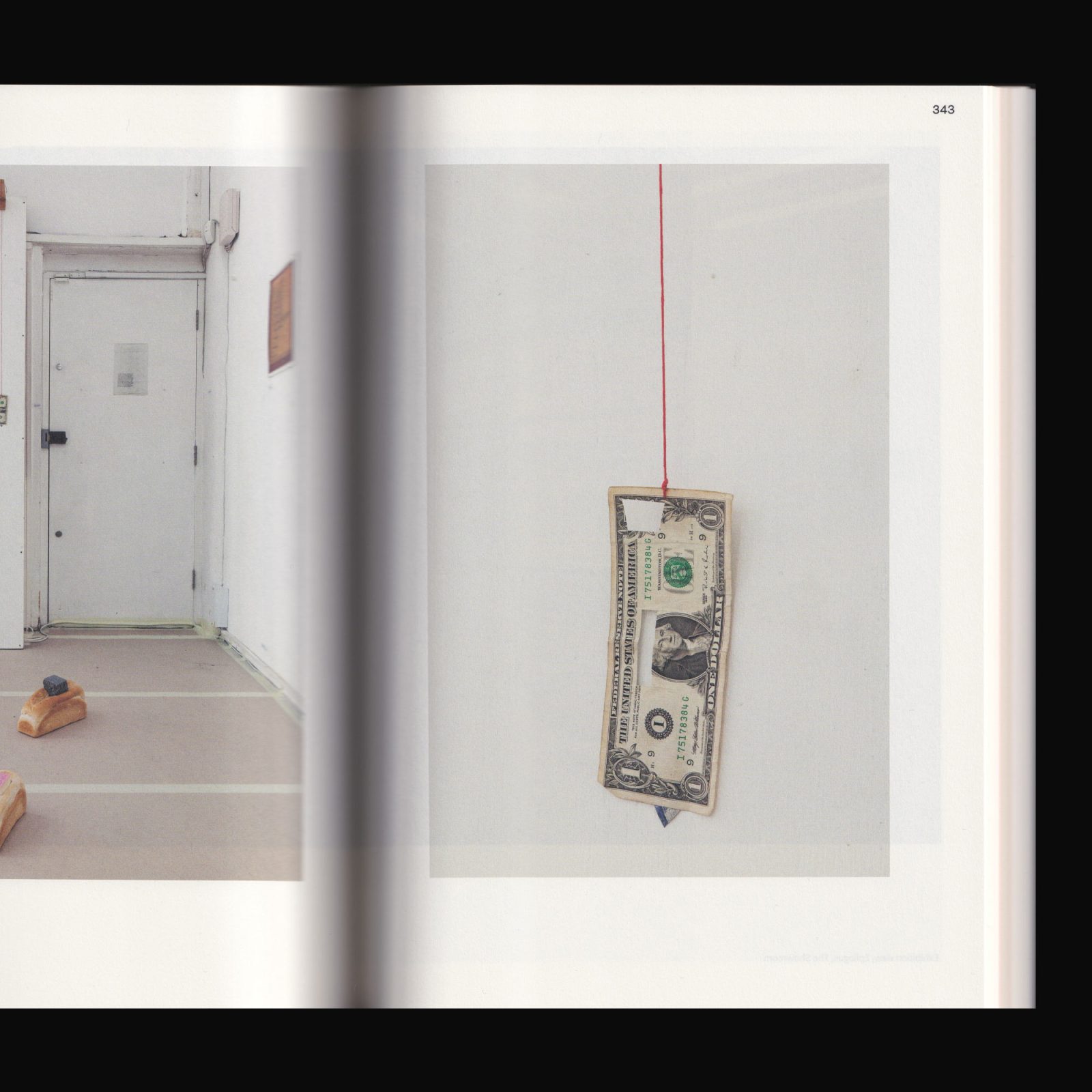
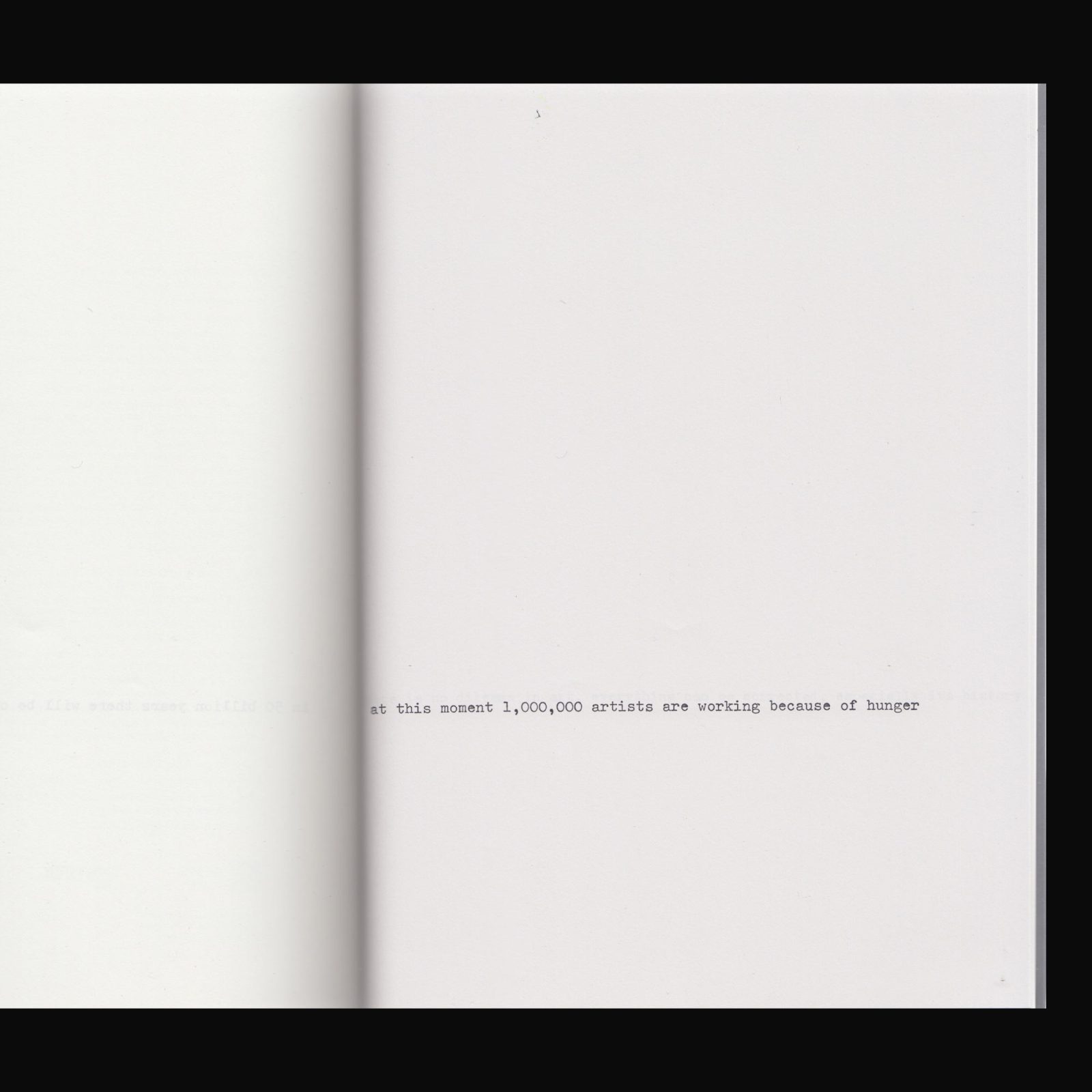
My sweet little lamb (Everything we see could also be otherwise) is a series of exhibition episodes based on the Kontakt Collection and dedicated to the artist Mladen Stilinović, unfolded in Zagreb and London in 2016–2017. This publication, conceived as a “post-episode” of the project, presents extensive visual documentation of the exhibitions alongside newly commissioned texts by theorists and writers Branislav Dimitrijević, Miguel A. López, Oxana Timofeeva, and Marina Vishmidt. Drawing on the legacy of the Eastern European neo-avantgarde and the work of Stilinović in particular, these contributions grapple with urgent questions about the value of art and exhibition making. Including the work of Mária Bartuszová, Stano Filko, Tina Gverović, Katalin Ladik, Sanja Iveković, Běla Kolářová, Július Koller, Edward Krasiński, Dóra Maurer, Goran Trbuljak, KwieKulik, Ivan Kožarić, Vlado Martek, Mangelos, Heimrad Bäcker, Stephen Willats.
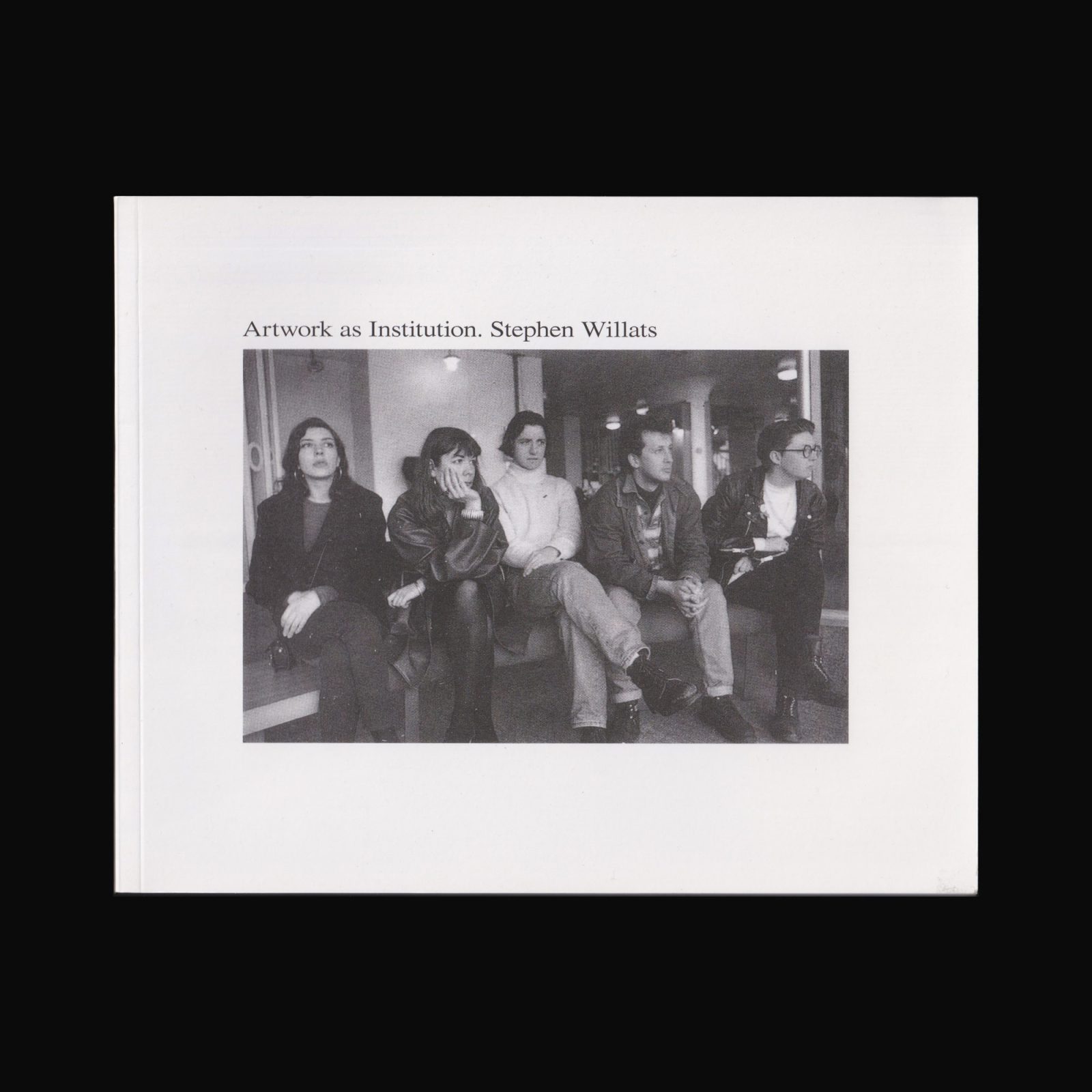
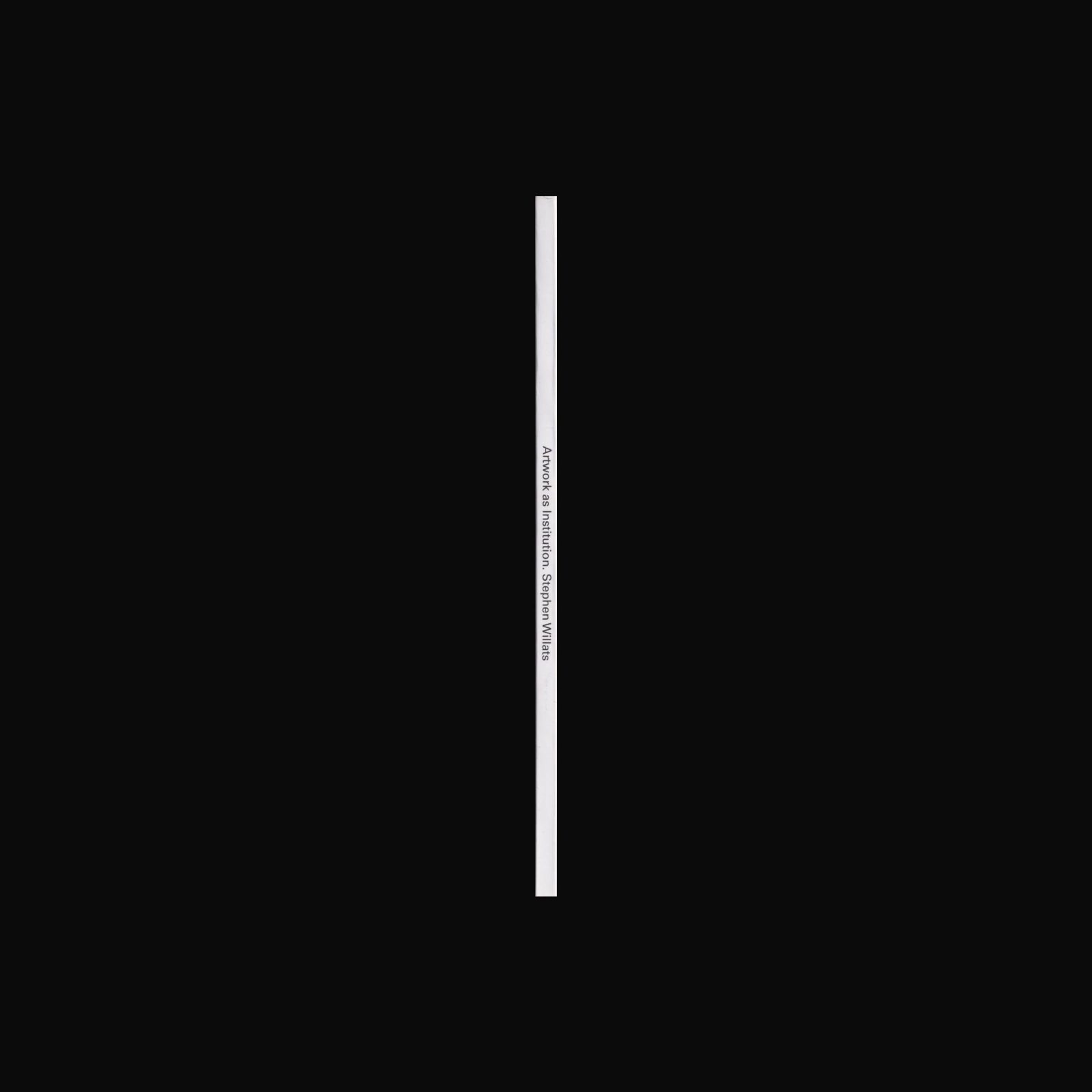
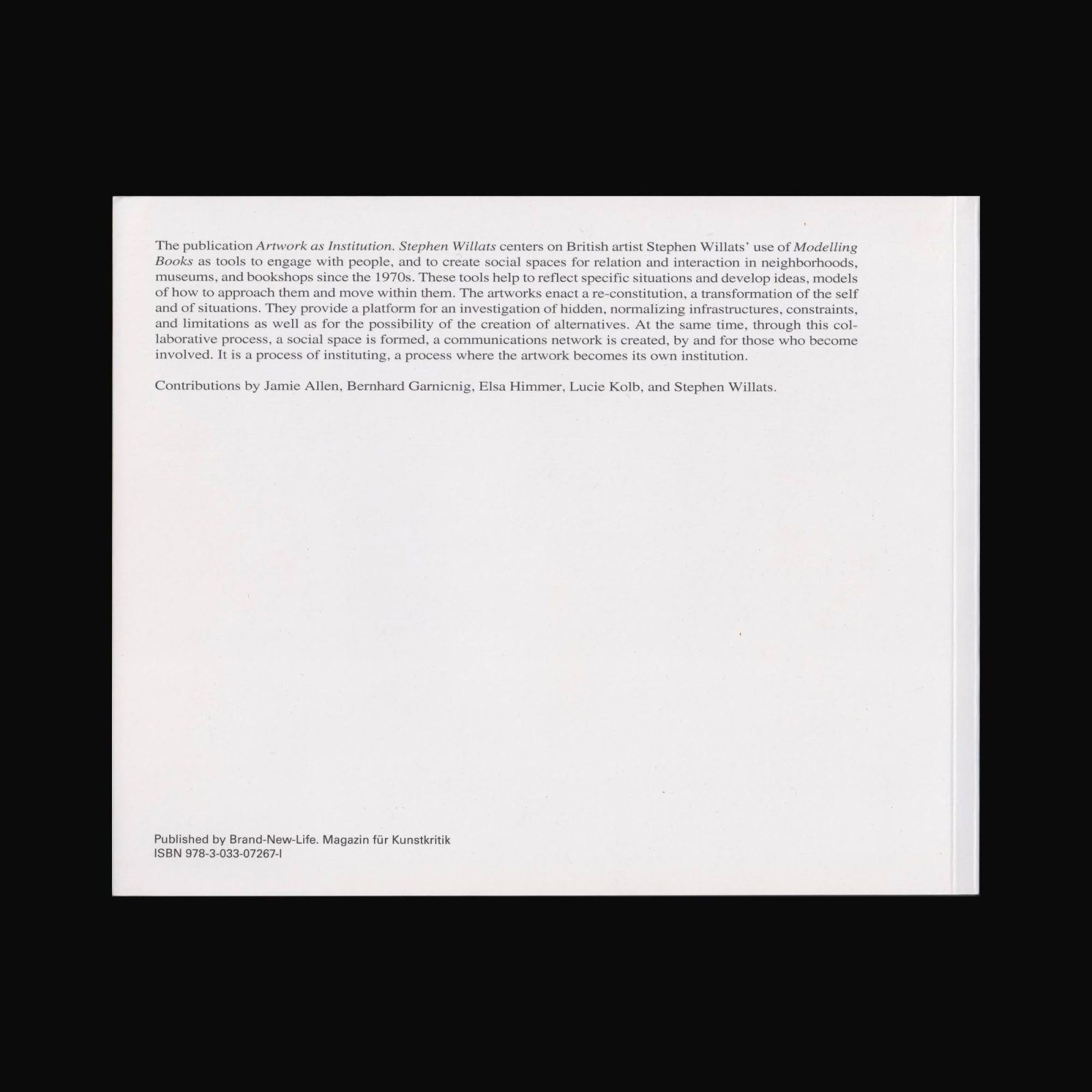
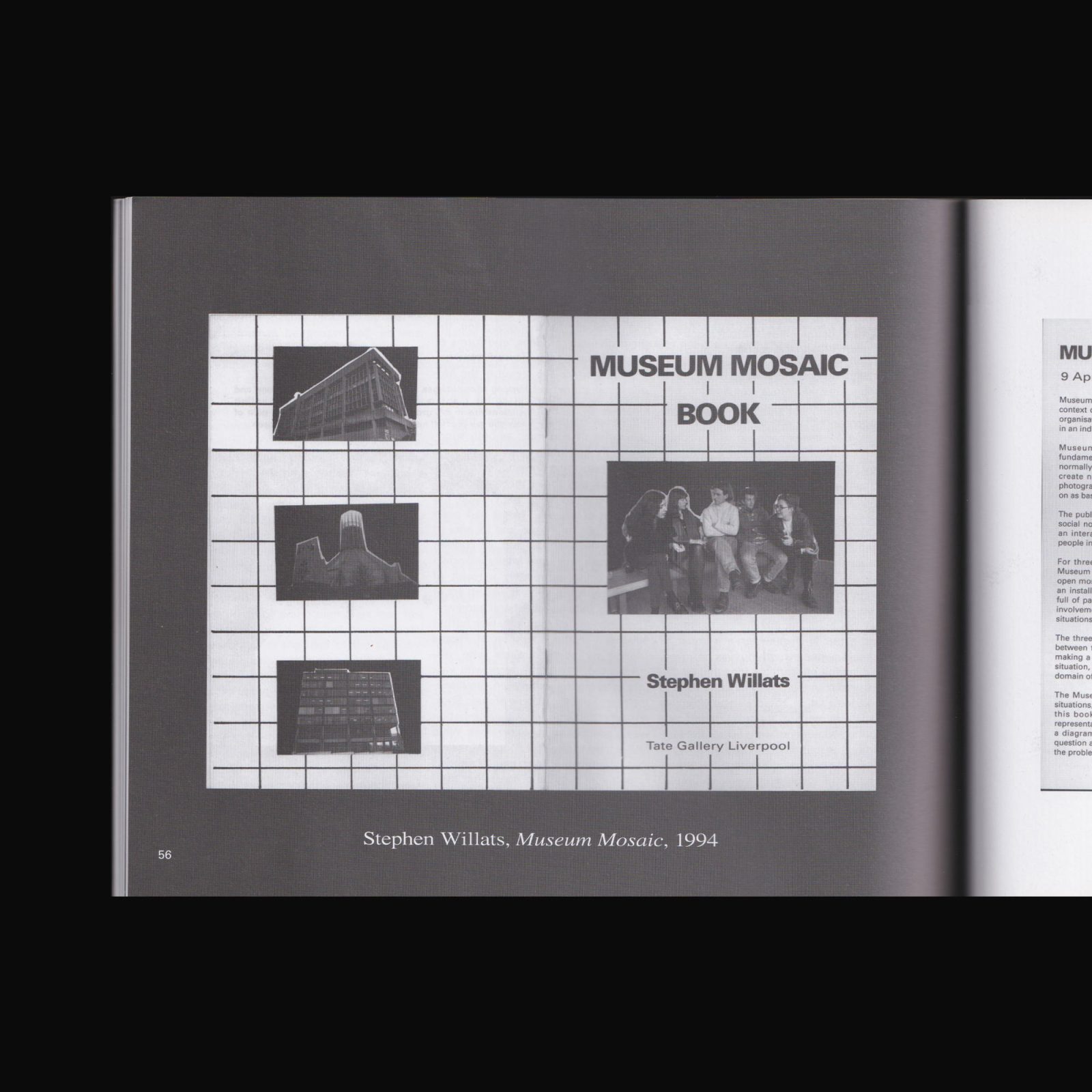
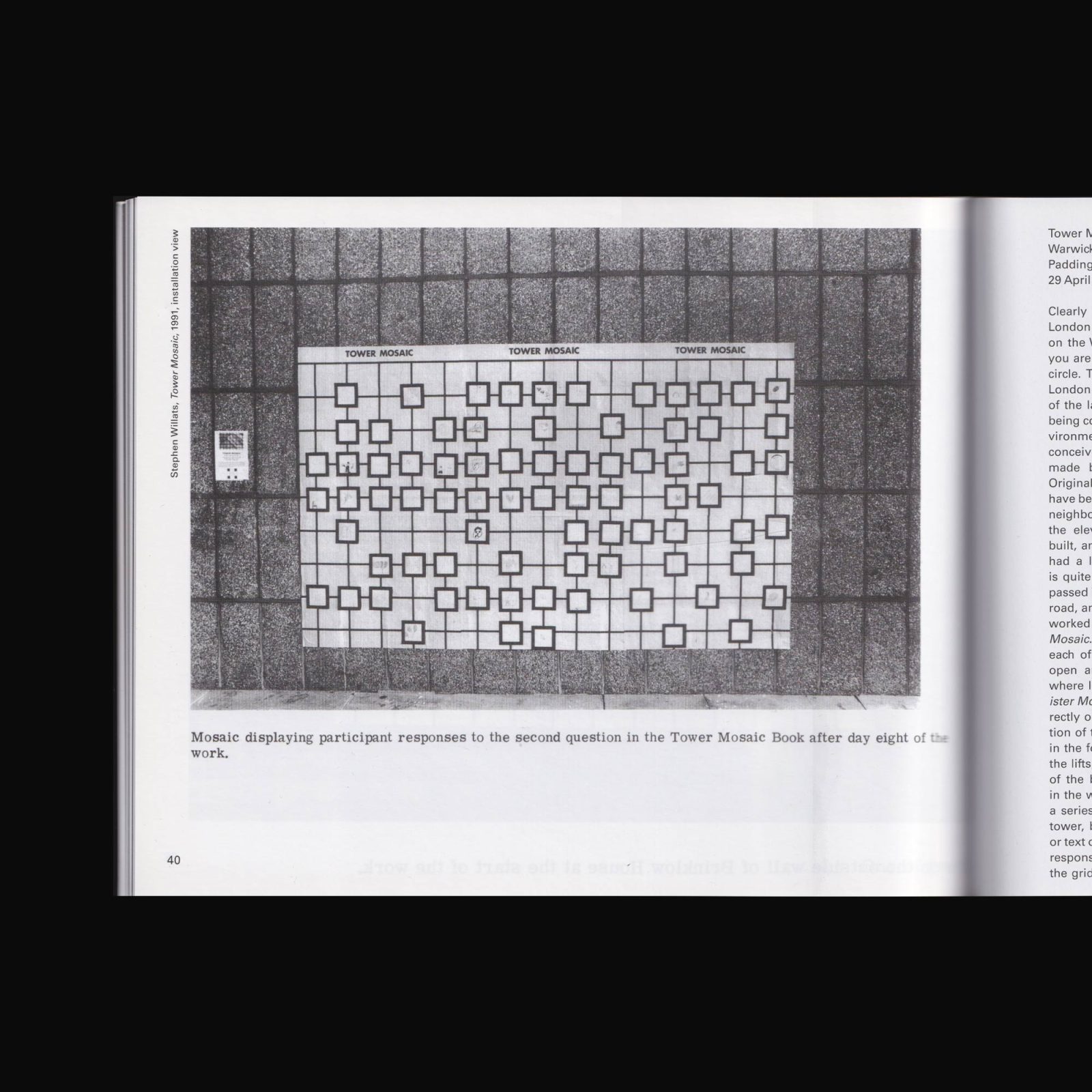
For the first time, this publication brings together the Mosaic works by the British artist Stephen Willats, which were created in Great Britain and Finland in the 1990s. In these works, Willats uses the medium of the book to enter into an exchange with people and to create a space in neighbourhoods, museums, and bookstores where social bonds can be established. It is a collaborative process through which Willats redefines the web of relationships between artist, artwork, audience and society; a process of instituting in which the artwork becomes its own institution.
With contributions by Jamie Allen, Bernhard Garnicnig, Elsa Himmer, Lucie Kolb and Stephen Willats. Designed by Sabo Day.